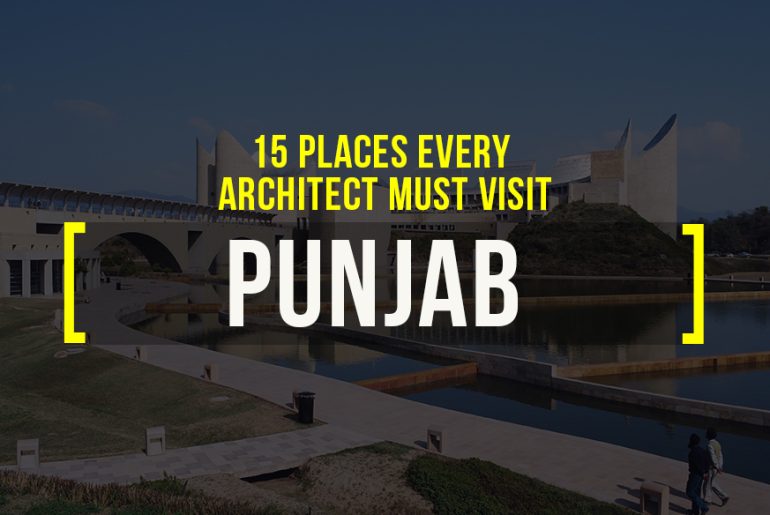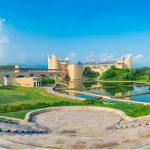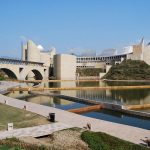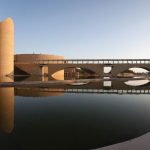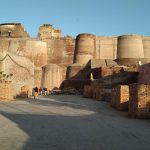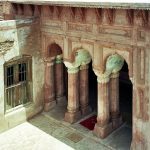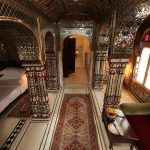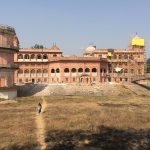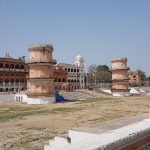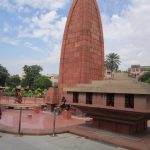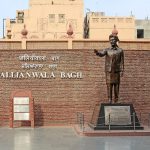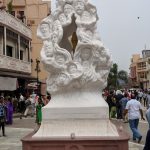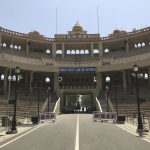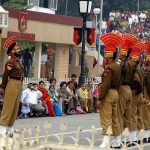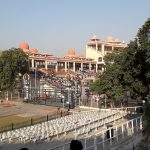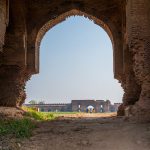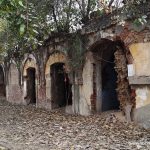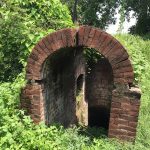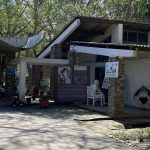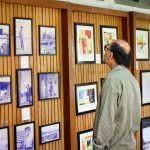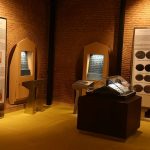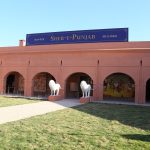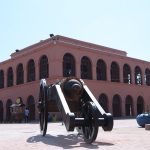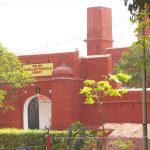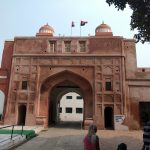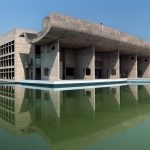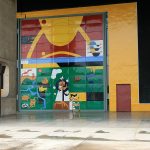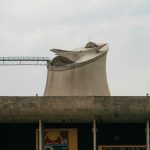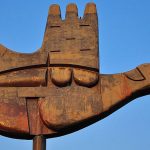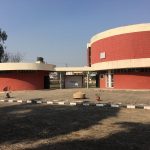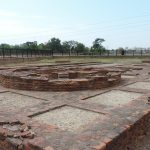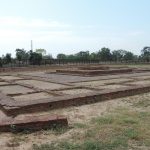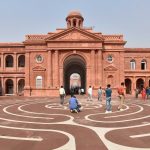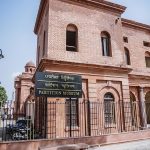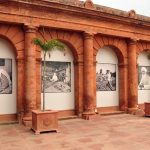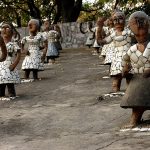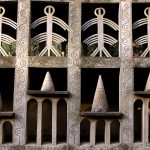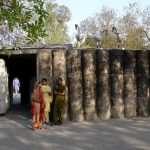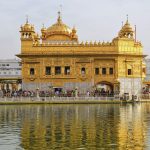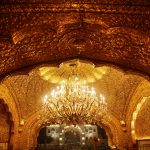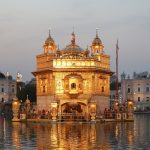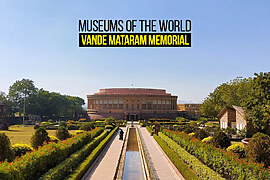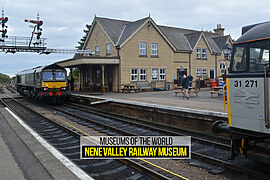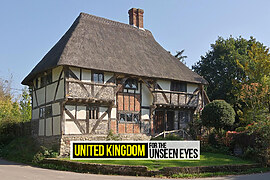Punjab, the Land of Five Rivers, is endowed with stunning natural beauty and a vibrant culture in which the nation takes great pride. Some of Punjab’s most enticing locations include its spectacular monuments, beautifully designed gardens, and stunning temples. The tourist attractions of the places to visit in Punjab also bear witness to the nation’s colourful past and struggle for liberation, from the charming Jallianwala Bagh, the scene of a historic massacre, to the Wagah Border, which divides India from Pakistan, its next-door neighbour.
Here, the forts of Punjab are another well-liked tourist attraction. The Gobindgarh Fort in Amritsar, with its towering crimson edifice, enchants everyone who sees it, while the Phillaur Fort near Ludhiana is renowned for its breathtaking display of traditional European architecture. Learning Punjabi language adds an immersive cultural dimension to your exploration of Punjab, allowing you to connect more deeply with the rich heritage. From the Golden Temple’s tranquillity to the stunning exhibition of rock sculptures at Chandigarh‘s Rock Garden.
The historical palaces, battlefields, and magnificent Sikh architecture of the state and the surrounding area are the main attractions for tourists in Indian Punjab. Examples include several Indus Valley civilization sites, the ancient Bathinda fort, the Kapurthala, Patiala, and Chandigarh, the contemporary capital built by Le Corbusier.
Virasat-e-Khalsa | Places to Visit in Punjab
Typology: Museum
Location: Anandpur Sahib
The Museum provides information on the historical occasions that occurred in Punjab five hundred years ago and gave rise to Sikhism and, ultimately, the Khalsa Panth. The rich natural and architectural heritage of Sri Anandpur Sahib served as inspiration for the Heritage Complex, which also firmly incorporated Sikh and local architectural styles. The roofs of the Museum are concave receptacles facing the sky, in contrast to the customary domes that cap the holy Sikh sites. They are covered in stainless steel and reflect sunlight onto the Gurdwara and the Fort. A ceremonial bridge connects two structures on either side of a ravine.
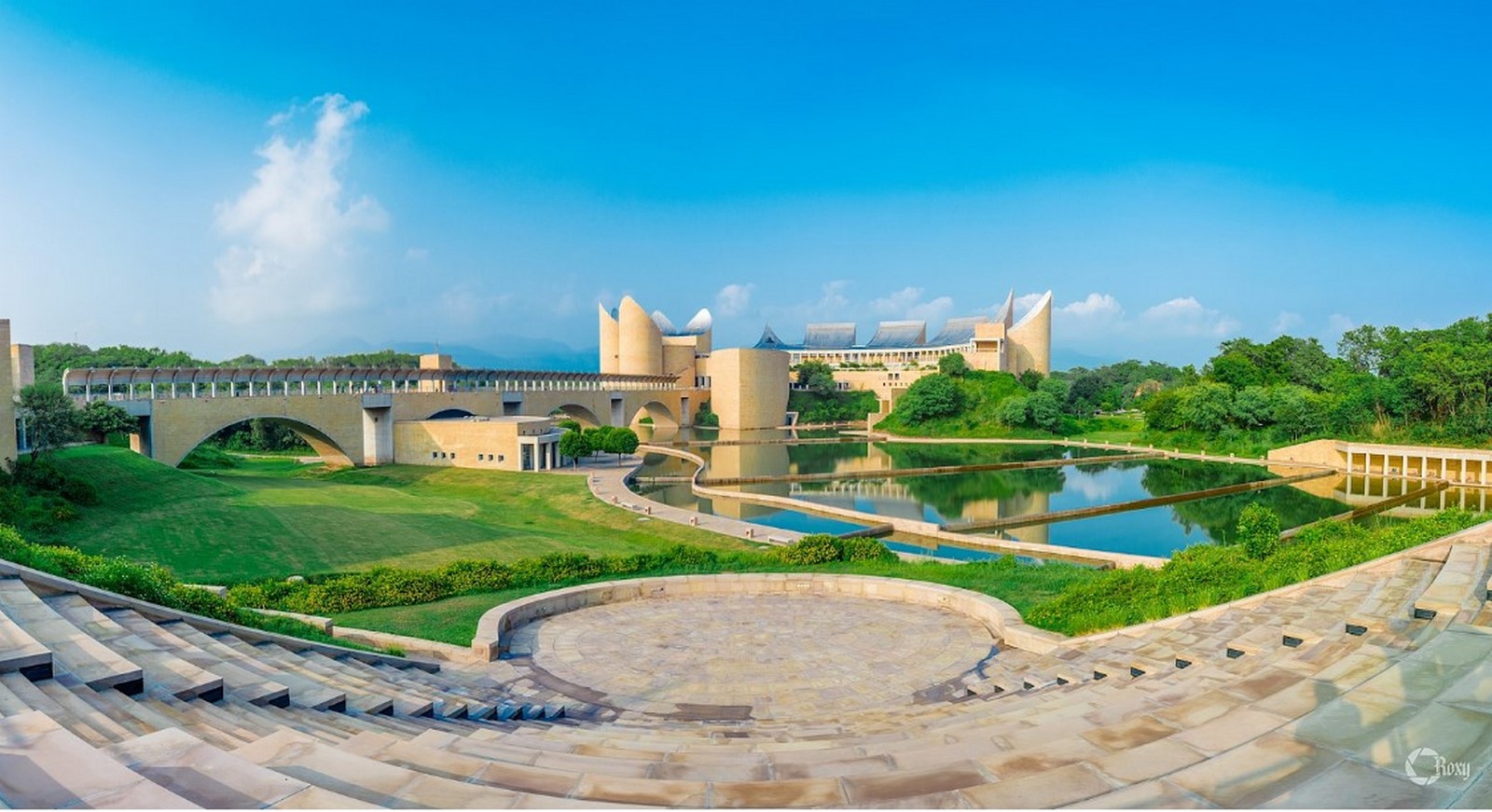
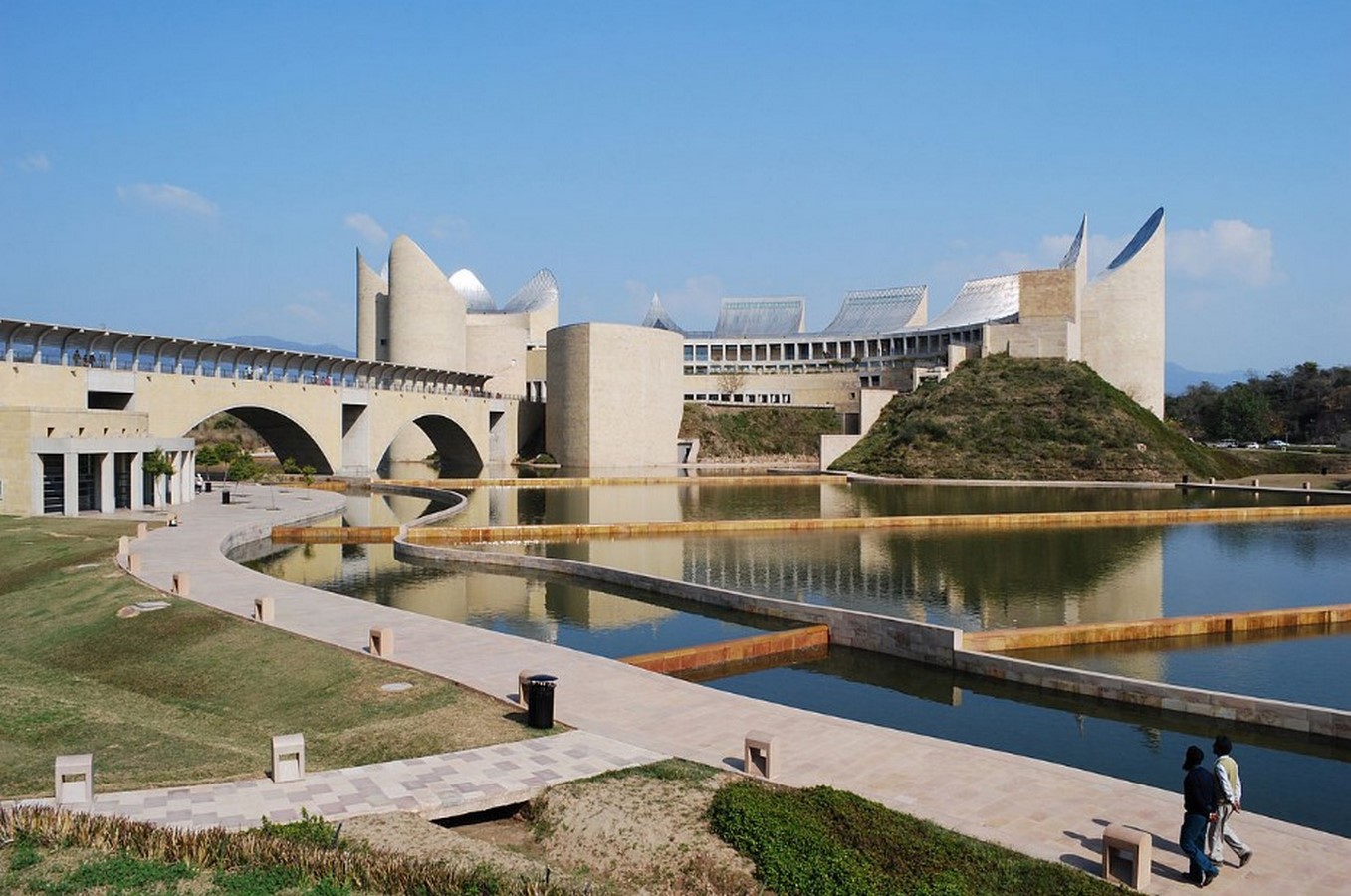
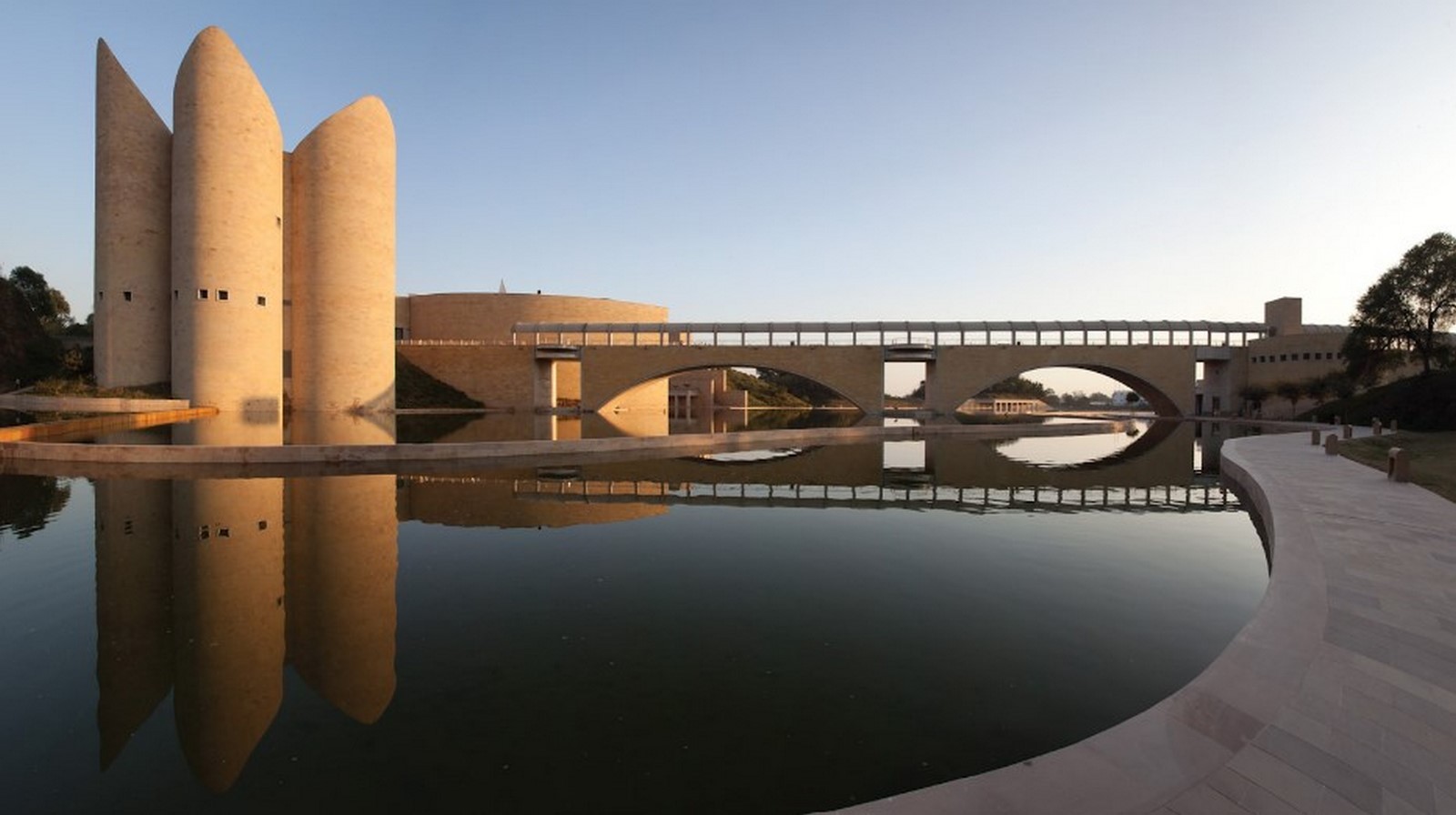
Qila Mubarak
Typology: Fort
Location: Bhatinda
This fort, also known as Bathinda Fort, was erected in 1764 by Maharaja Ala Singh of Patiala, Punjab, and is a significant historical landmark. There are two main sections of the fort, known as Qila Androon and Qila Mubarak. The royal family’s home, the Qila Androon, is remarkable because it combines Mughal and Rajasthani architectural elements. The weapons and armour worn by the kings throughout history have been maintained in this fort’s Darbar Hall, which has been converted into a tiny museum.
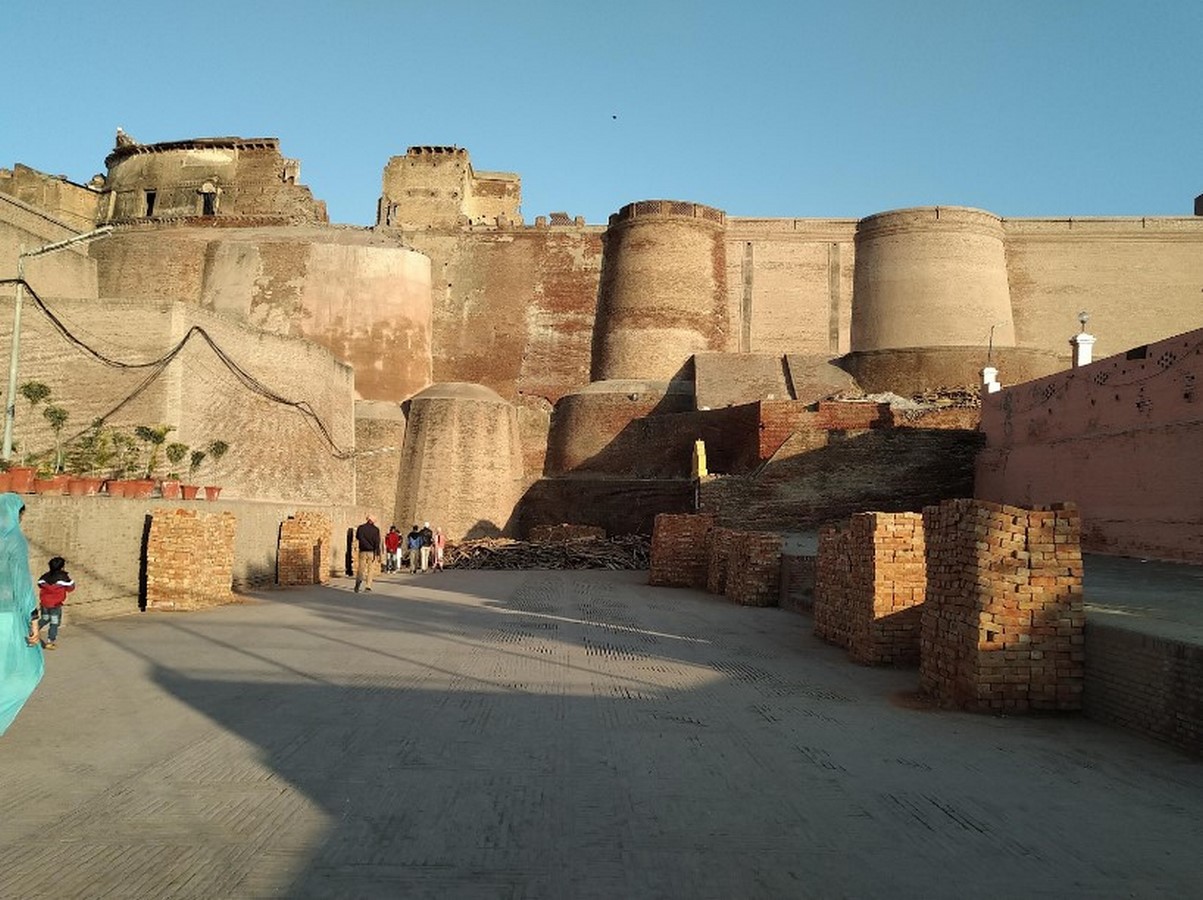
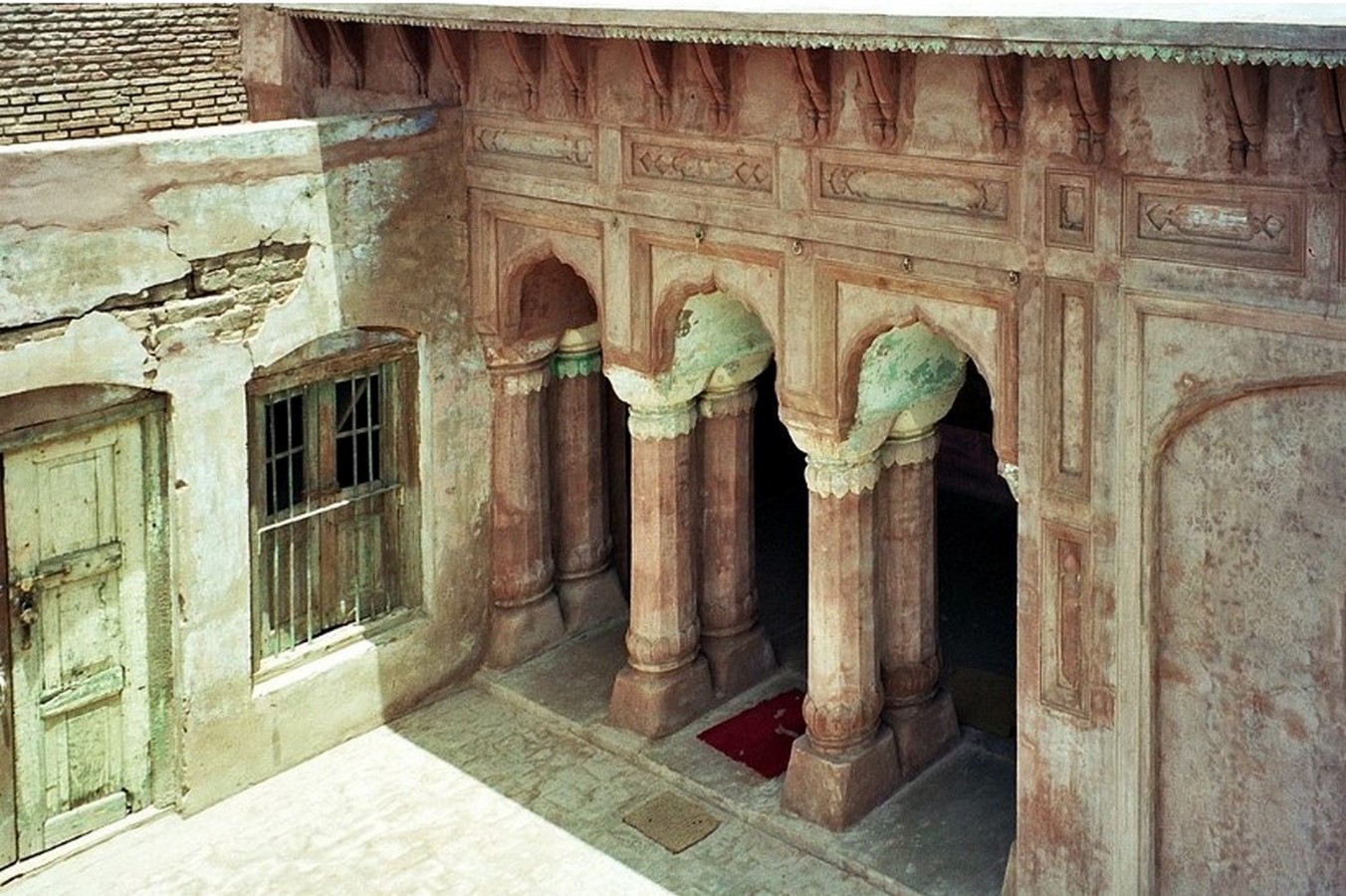
Sheesh Mahal | Places to Visit in Punjab
Typology: Royal palace
Location: Old Moti Bagh, Moti Bagh, Patiala
Mughal and European architectural styles are combined to create the Sheesh Mahal in Patiala. A suspension bridge and an artificial lake are part of the palace’s construction in a forest. The palace’s walls are stunning, with floral motifs and elaborate glass and mirror work. Painters from Kangra and Rajasthan explicitly painted the Sheesh Mahal’s walls. A museum is housed inside the Sheesh Mahal. It features valuable Tibetan artefacts and miniatures, royal furniture, Kashmiri and Burmese carvings, images of royal kings and emperors of Punjab, and rare manuscripts, including the Jain text and Janamsakhi manuscripts. A noteworthy collection of 19th-century coins is also present, illustrating the trade and commerce of the era.
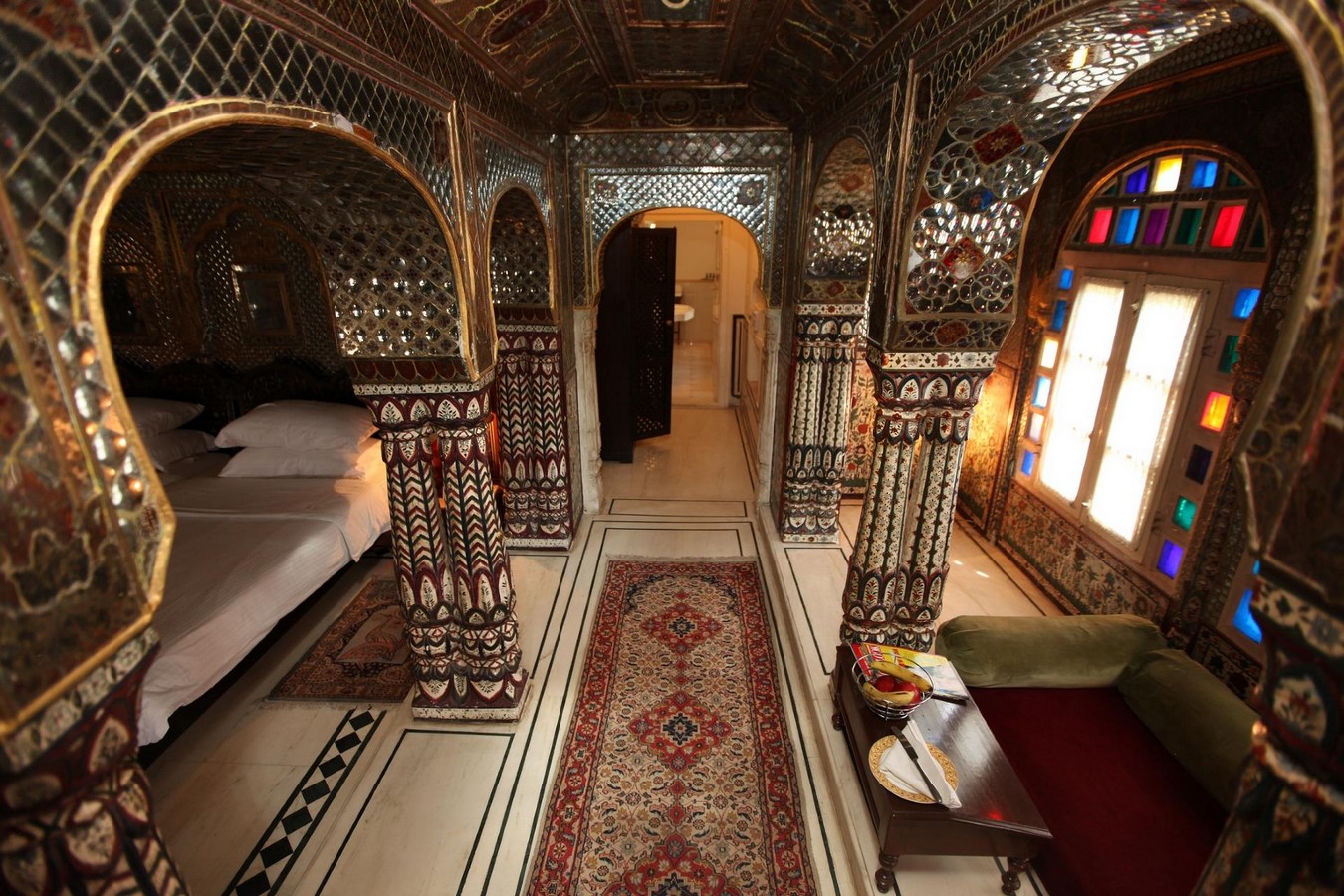
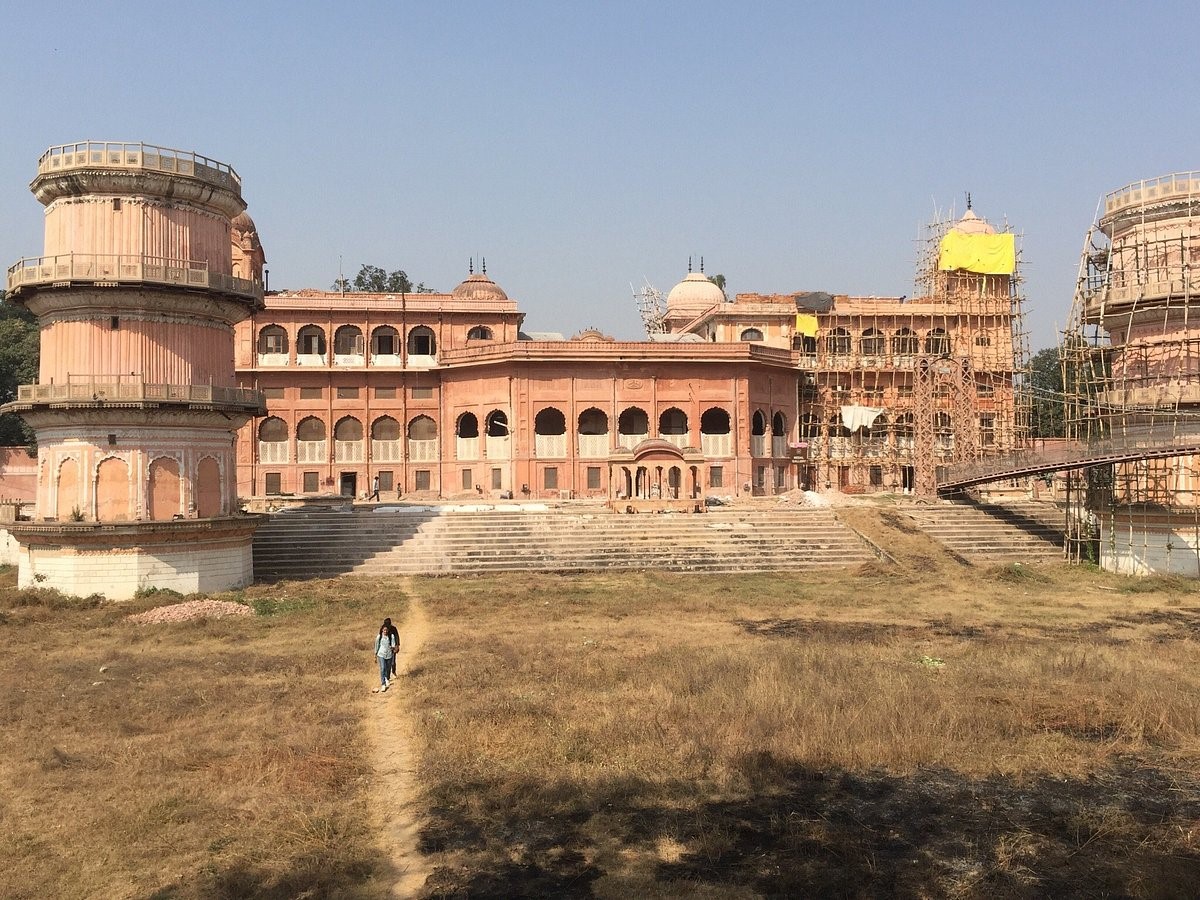
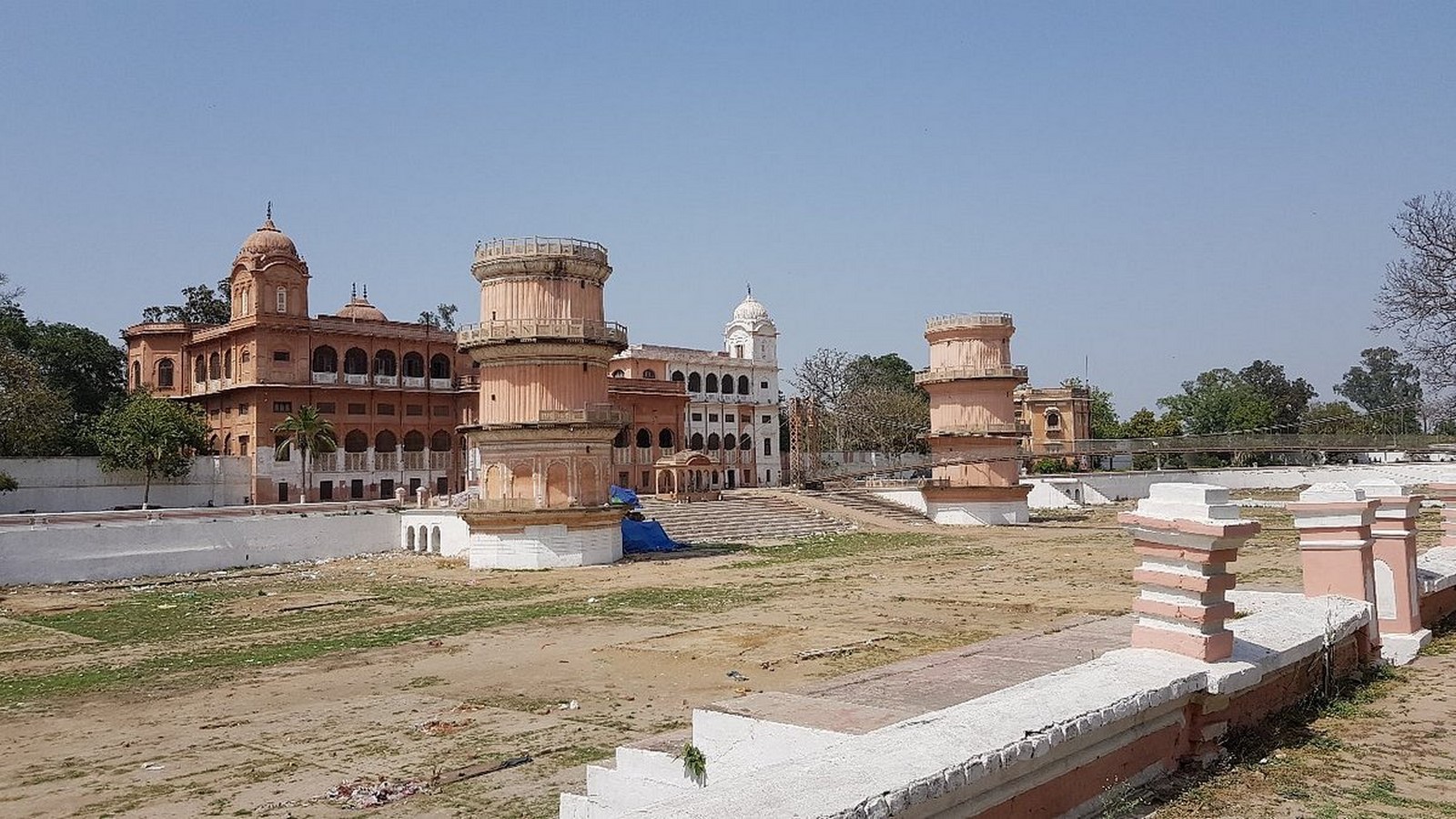
Jallianwala Bagh
Typology: Memorial
Location: Amritsar
The city’s Jallianwala Bagh park served as the scene of a major historic event of Punjab- the massacre committed by British soldiers on April 16, 1919, who opened fire on a gathering that had gathered there. The location consists of a rectangular garden surrounded by buildings that may be reached through a curved walkway and are home to a gallery, a museum, and several memorials. In an arched meditation space with Vande Mataram, the iconic line from the Indian National Anthem is etched on the wall, and the Amar Jyoti flame continues to burn. The British Army soldiers’ bullet holes may be seen on the Wall of Martyrs, and a plate from the well where 120 corpses were retrieved is present.
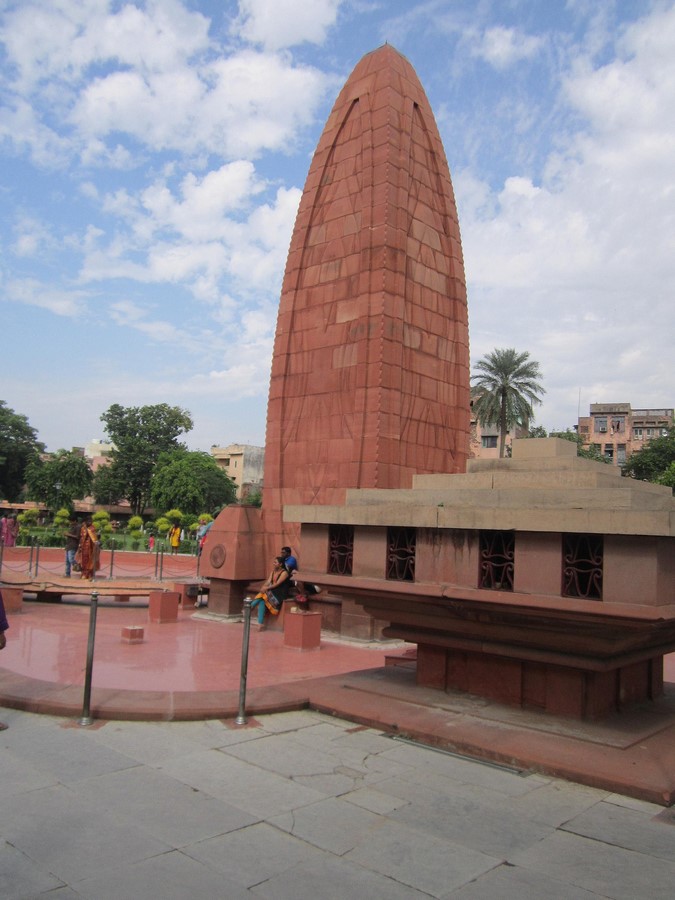
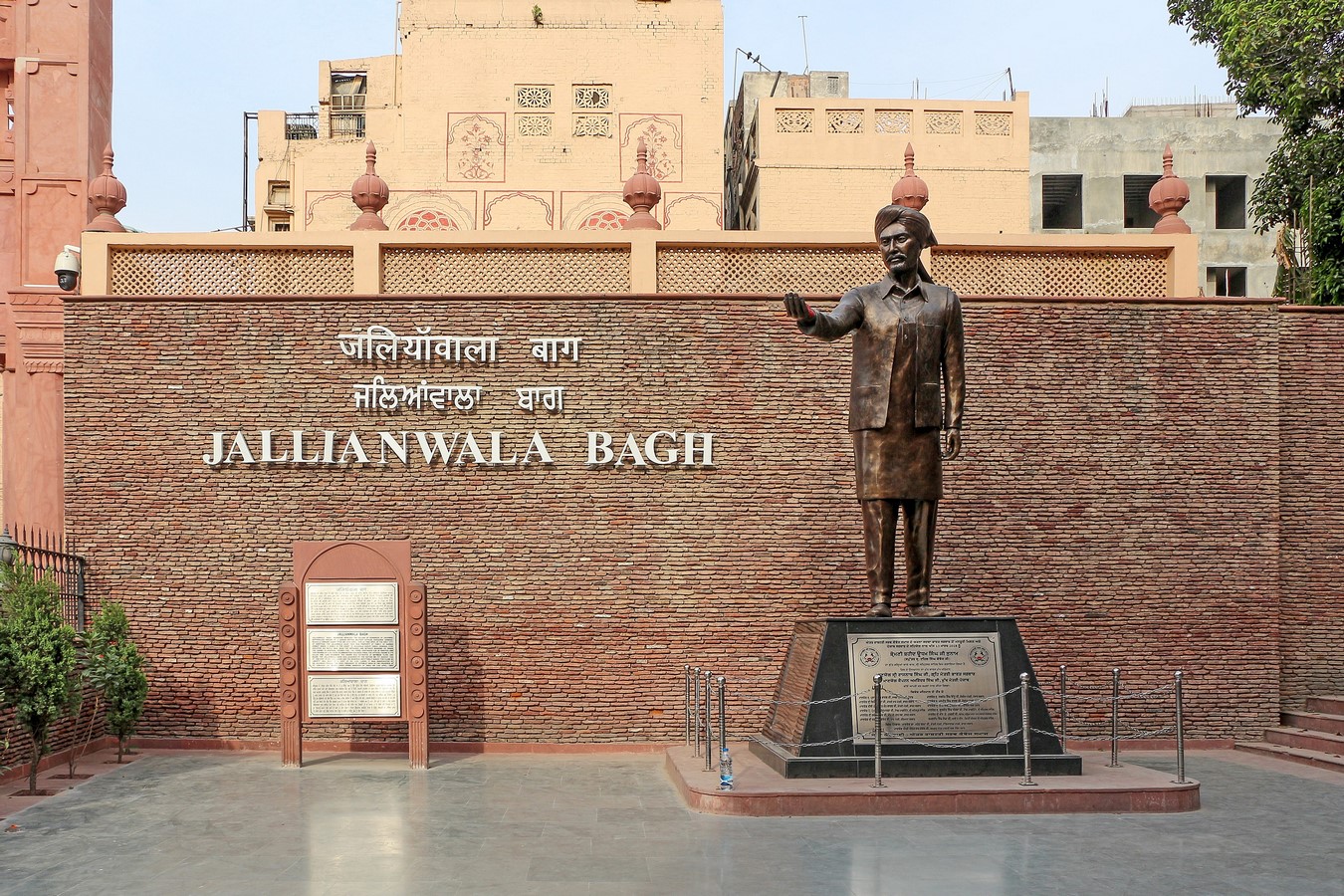
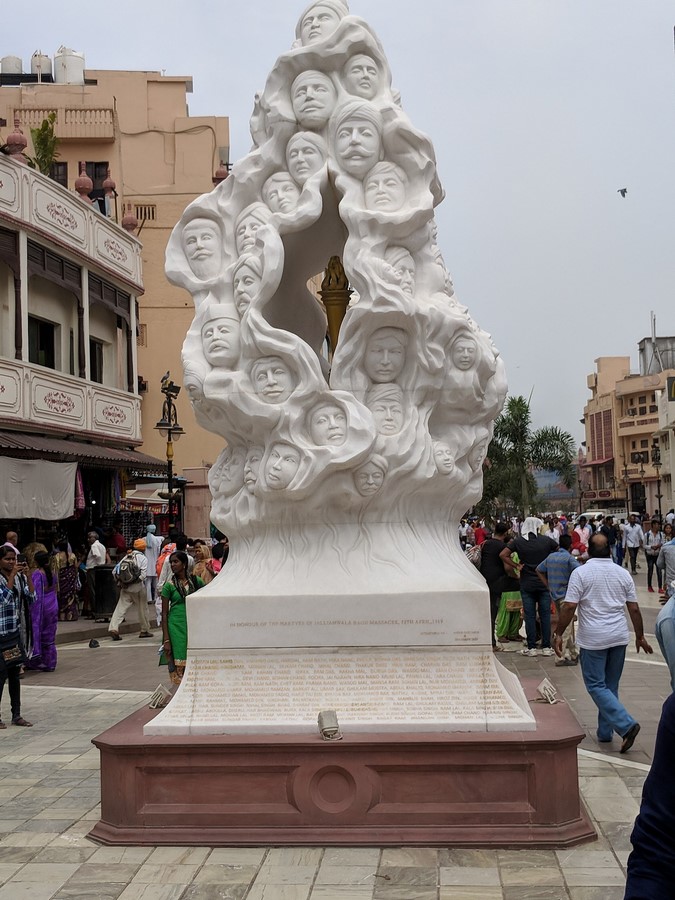
Wagah Border | Places to Visit in Punjab
Typology: Building complex
Location: Amritsar
Between Amritsar and Lahore, an army outpost known as Wagah is a complicated network of structures, roadways, and barriers. The nightly “Beating the Retreat” ceremony is a highlight of each day. Each building’s tier and the door are assembled in one of the two postmodern compositions that face one another. On the Pakistani side, the entrance is designed to resemble a pishtaq and is flanked by two minarets. The 45-degree steps are located on either side of the central body. The structures are more prominent on the Indian Punjab side. A few decorative elements, such as imitation pagodas, bulbs, and poly-lobed arches, are reminiscent of Indo-Muslim architecture.
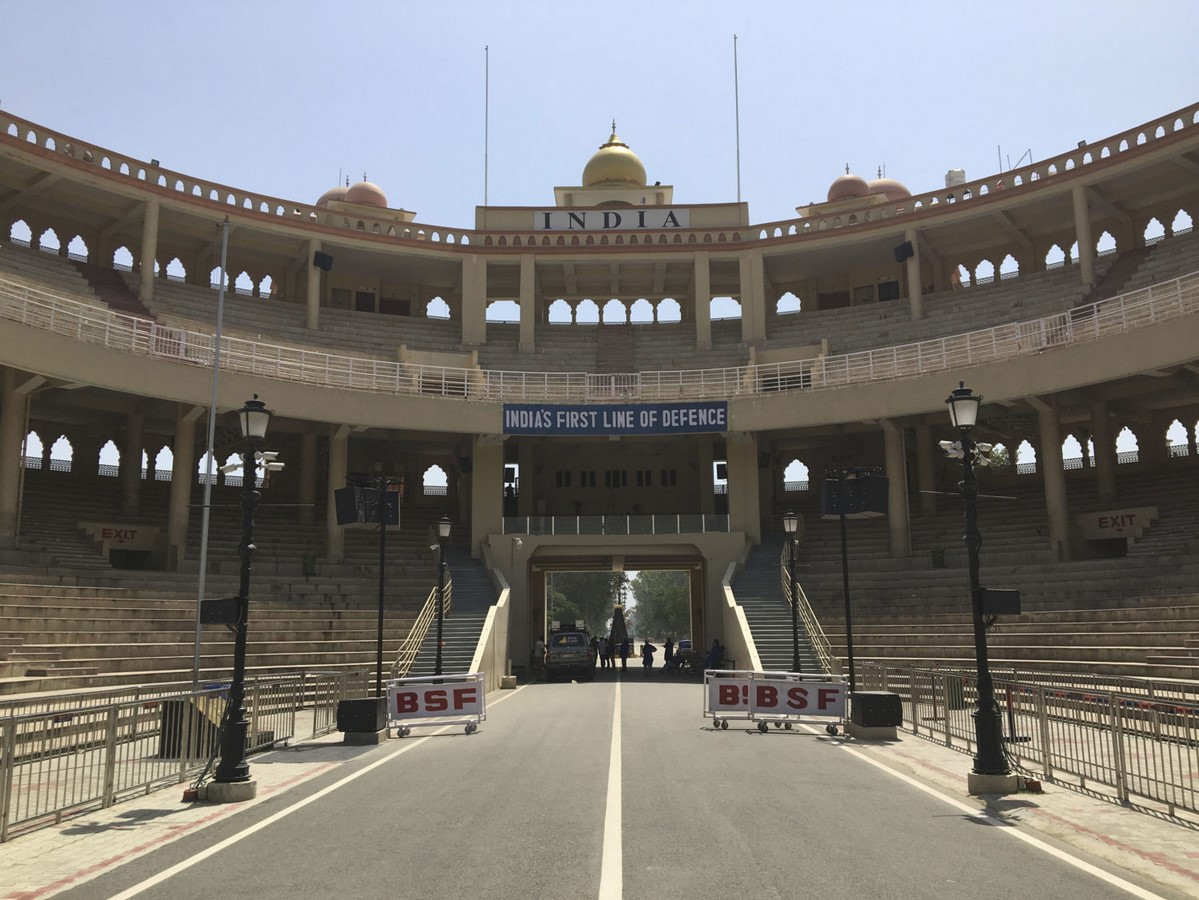
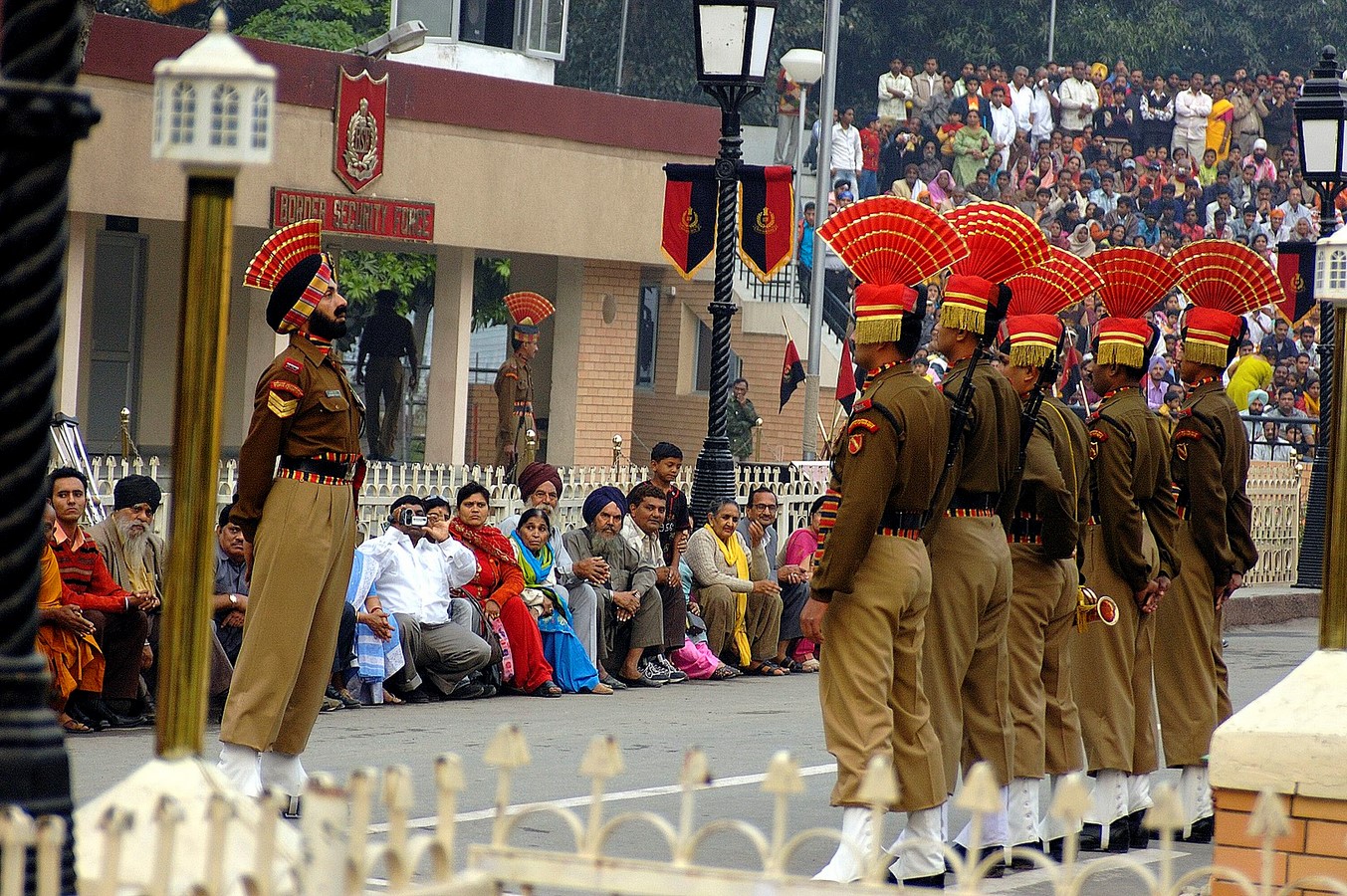
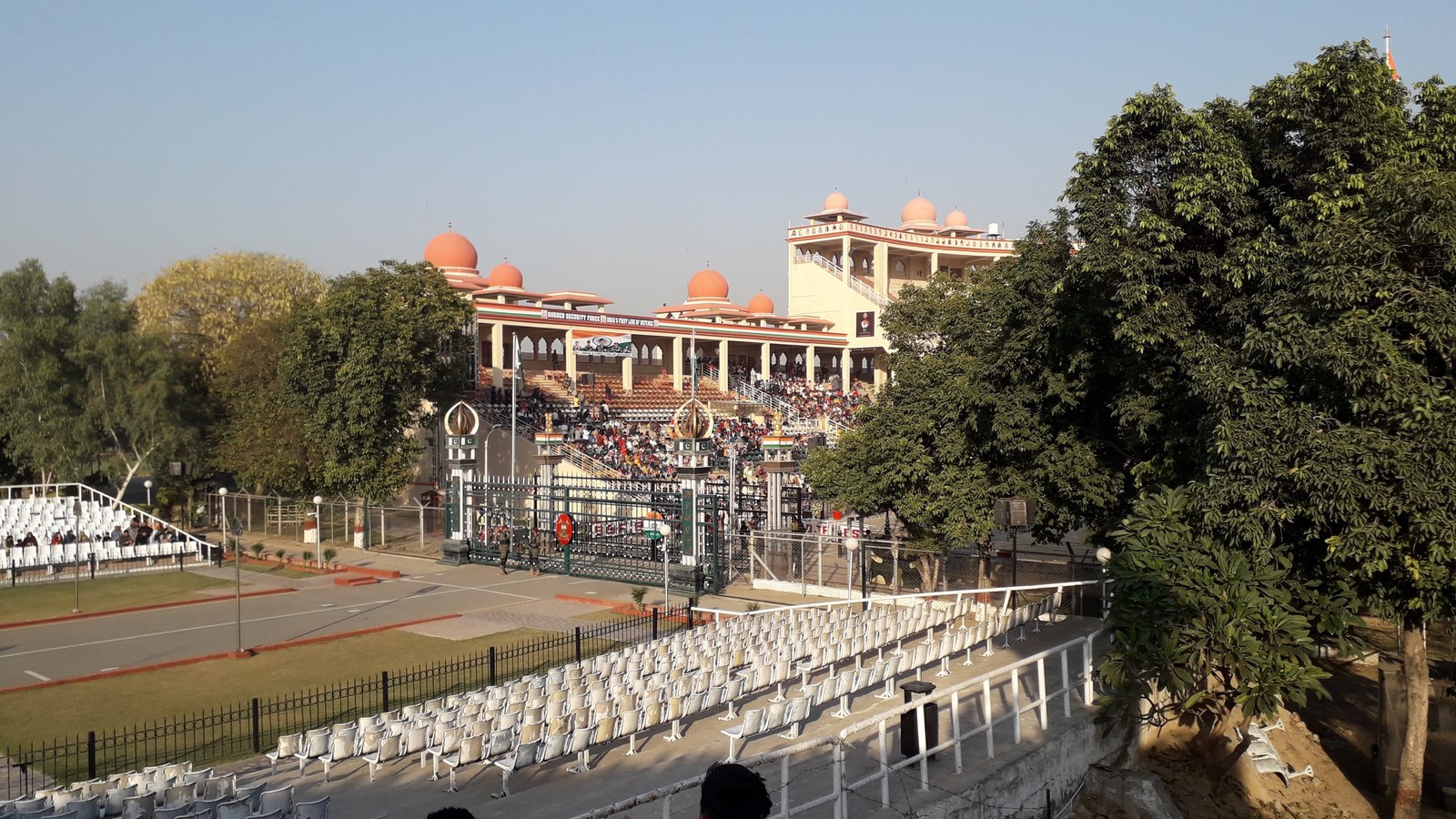
Lodhi Fort
Typology: Fort
Location: Ludhiana
One of the forts near Punjab’s Ludhiana is the Lodhi Fort. It is a beautiful building locally known as Purana Qila or Old Fort and is now in ruins due to carelessness. The fort is located on a sizable plot of ground currently surrounded on all sides. What was once the pride of Maharaja Ranjit Singh and the entrance to Sikander Lodhi’s dominion today lies abandoned and in ruins. Although the fort has a rich history, it could be a more interesting ancient building.
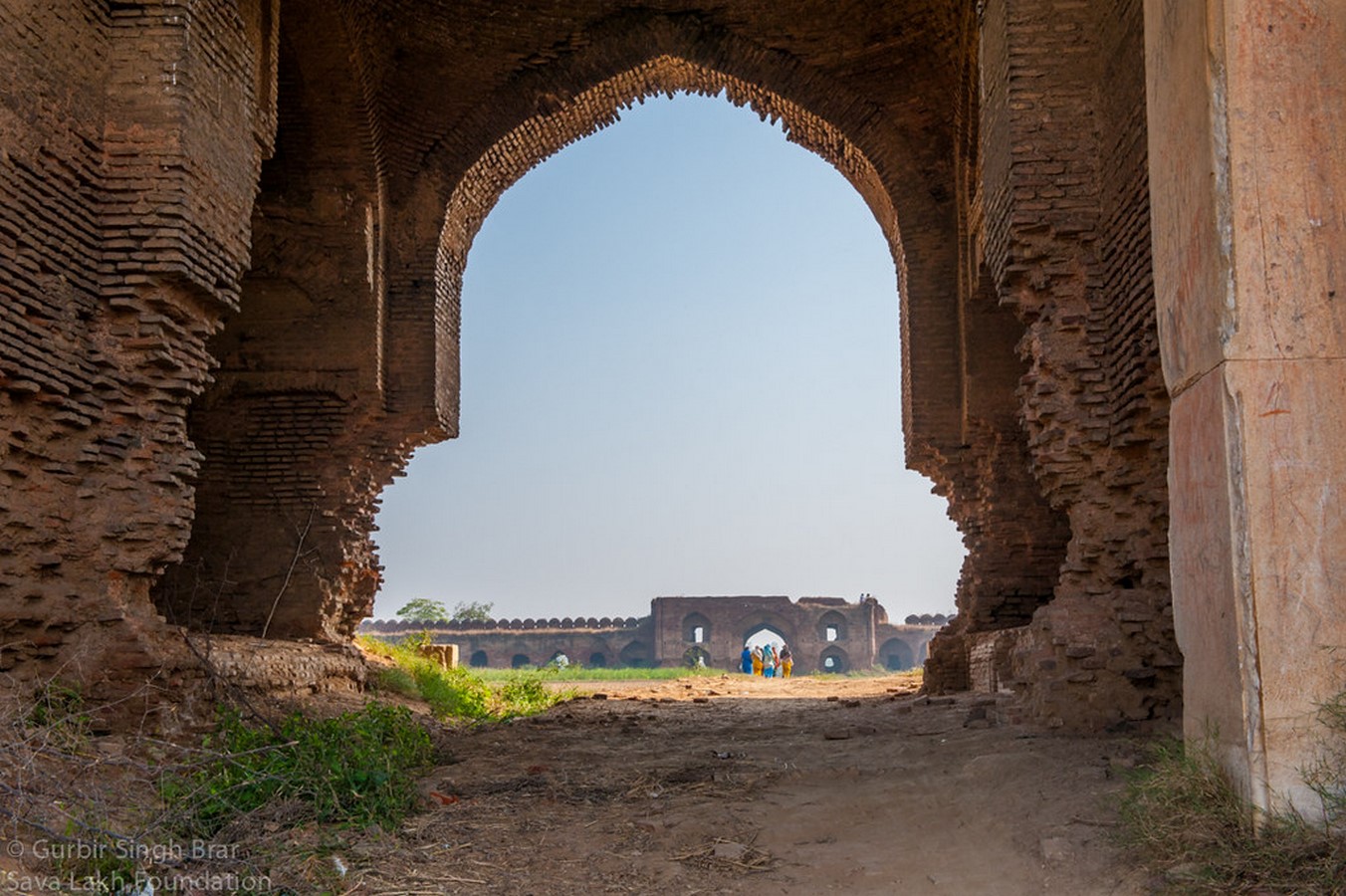
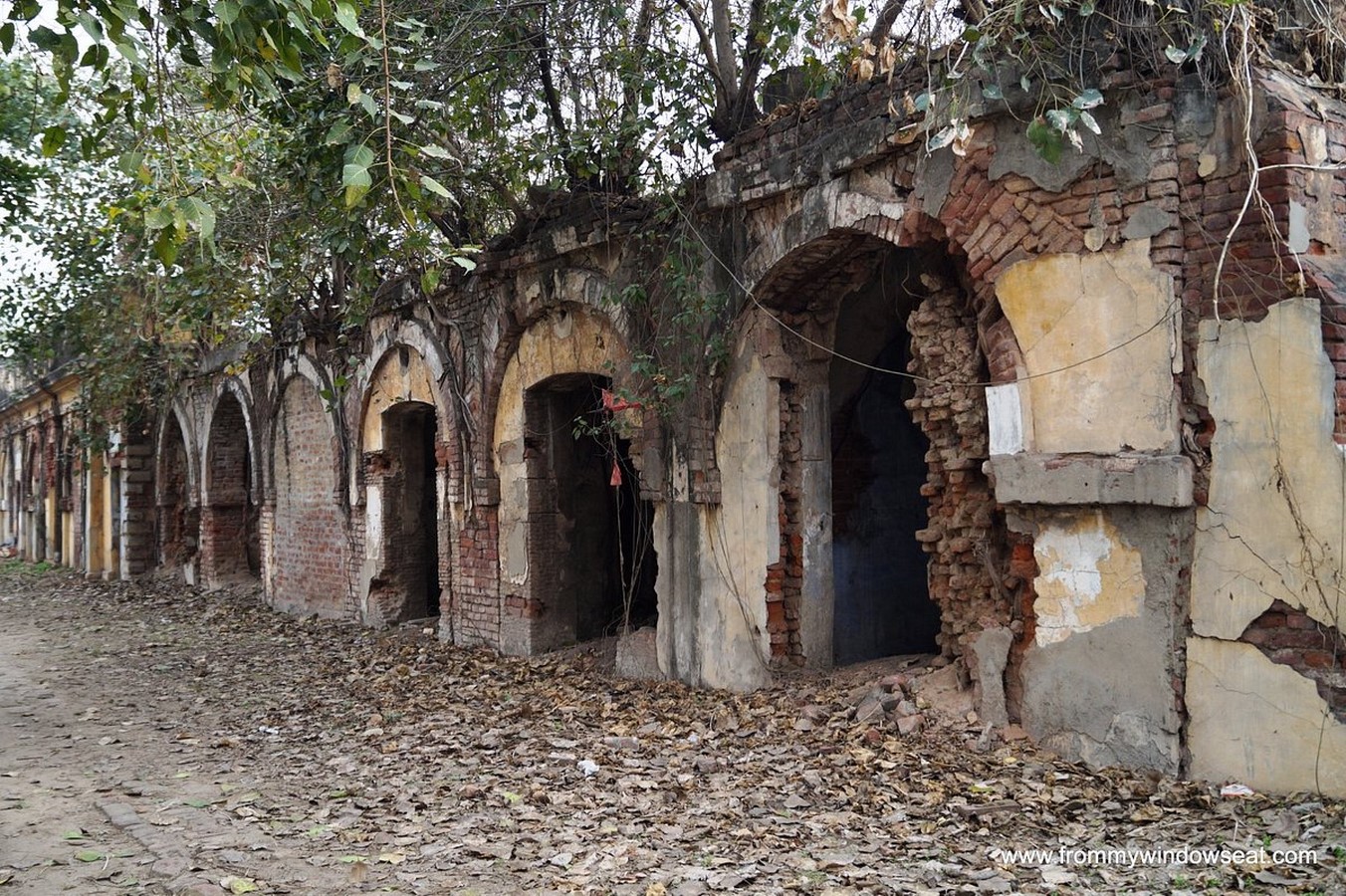
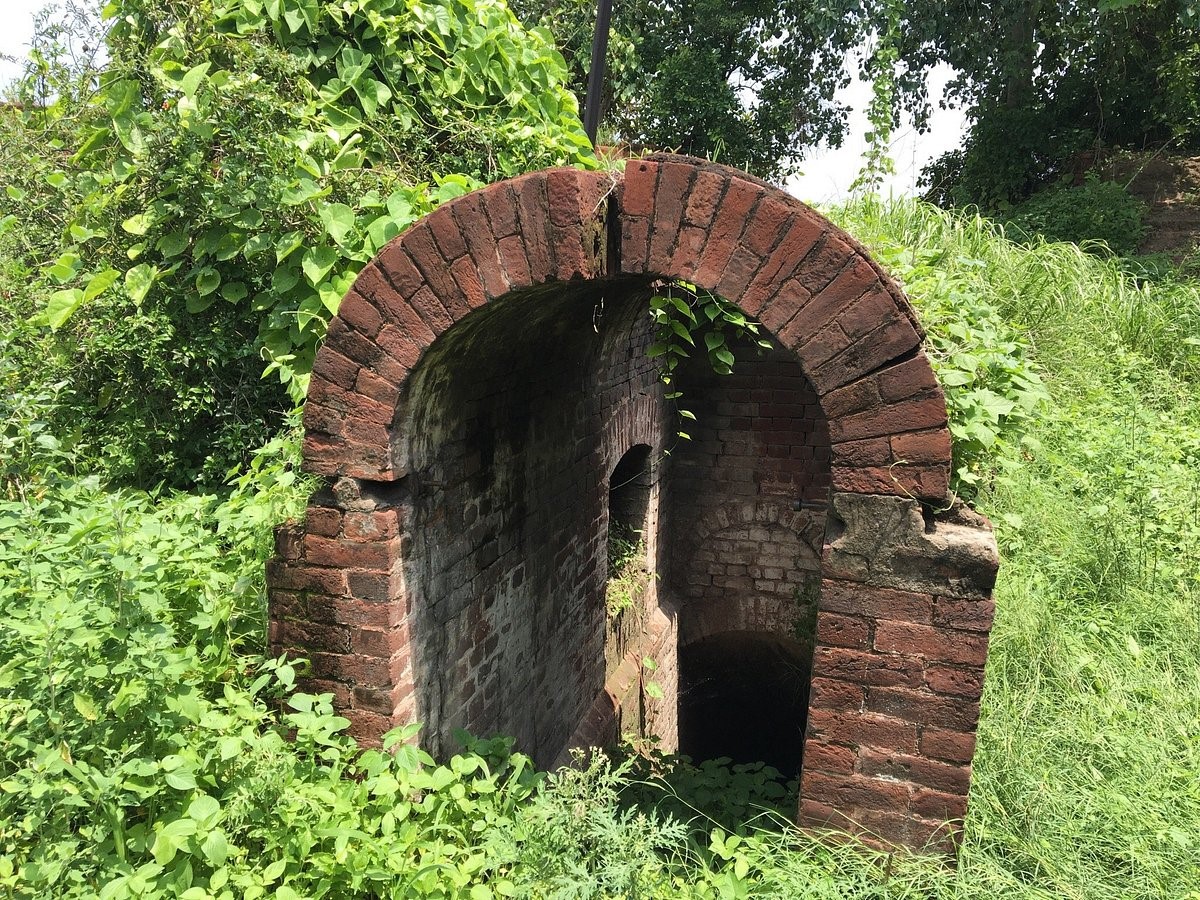
Le Corbusier Centre
Typology: Museum
Location: Chandigarh
One of Chandigarh’s first structures was the former architects’ office, now known as the Le Corbusier Centre. The Museum served as Le Corbusier and his team’s place of employment, making the structure extremely important to Chandigarh and Punjab’s history. The simple design of the building could be seen as a pioneering effort to introduce the ideas of sustainability and green architecture in modern Indian architecture.
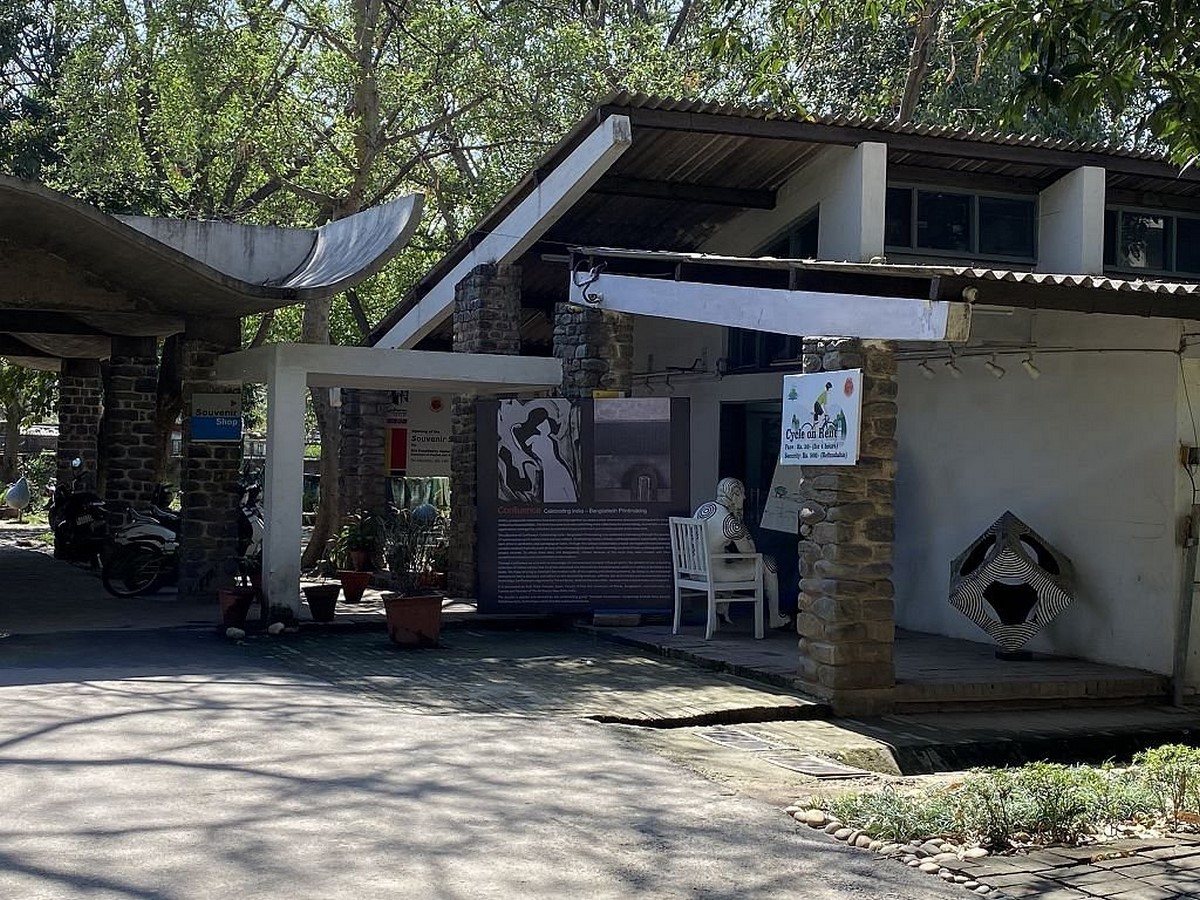
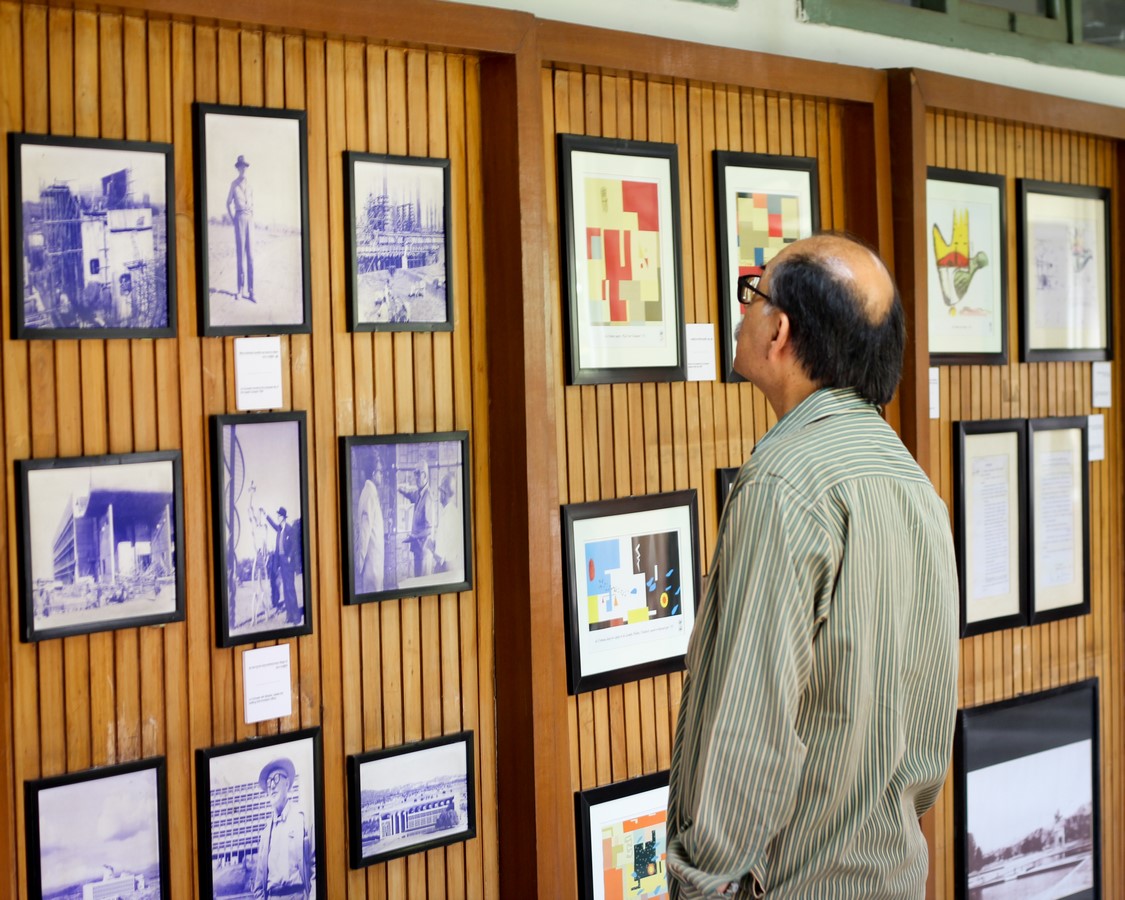
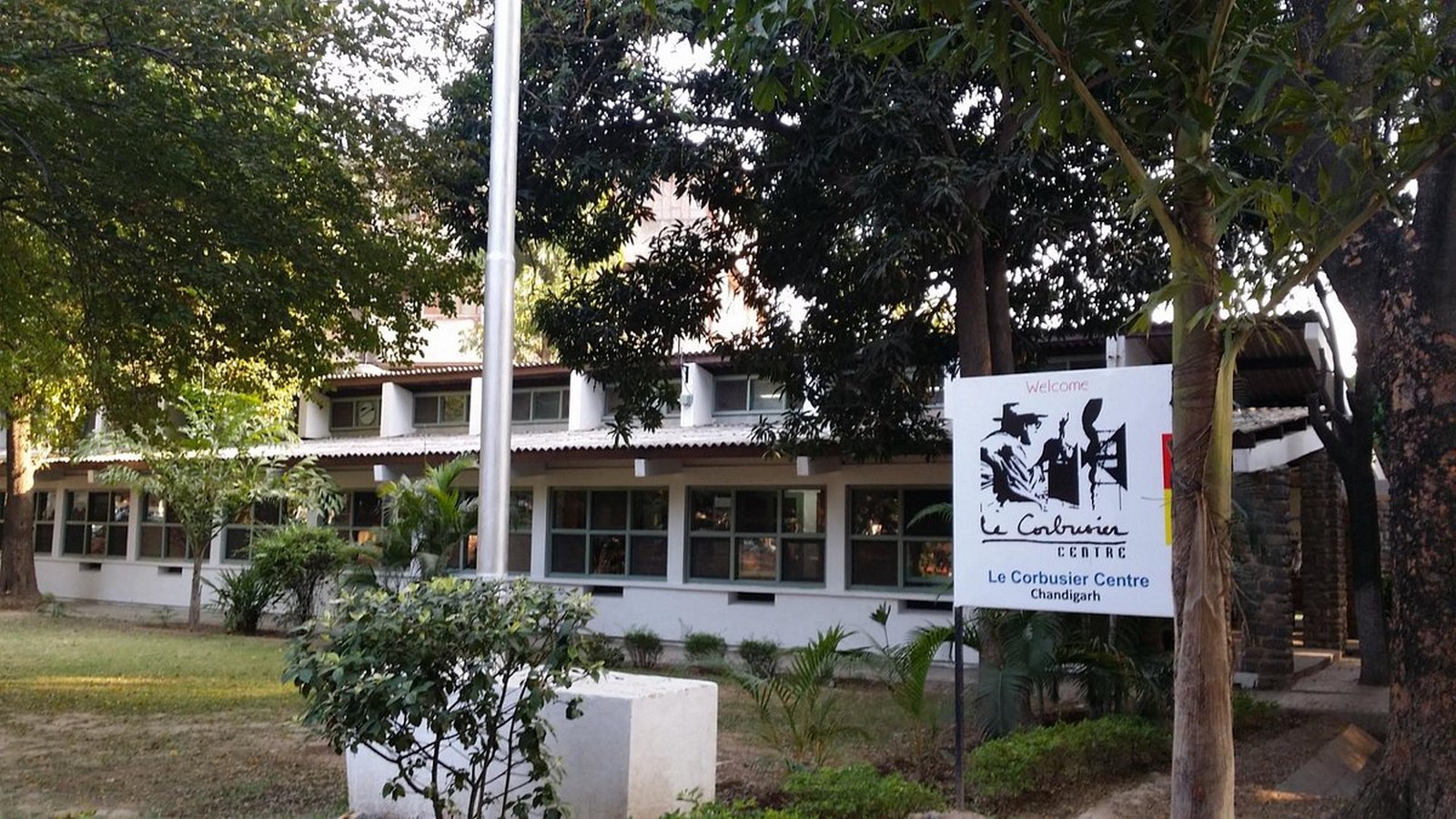
Gobindgarh Fort | Places to Visit in Punjab
Typology: Military fort
Location: Amritsar
Gobindgarh Fort, also known as Gujar Singh Fort, is a mediaeval military bastion built in the 1760s by the Bhangi Misi Rulers. The fort, originally made of mud, was taken by Maharaja Ranjit Singh and renamed Gobind Garh in honour of the revered Sikhism leader Guru Gobind Singh. The fort was built by Ranjit Singh using bricks and lime. There are two doorways and a parapet on each corner of the fort. Nalwa Gate is the name of the front entrance, and Killer Gate is the back entrance. The fort houses the Maharaja’s treasury, armoury, and other possessions during his reign over Punjab. The fort is thought to contain an underground passage that leads to Lahore.
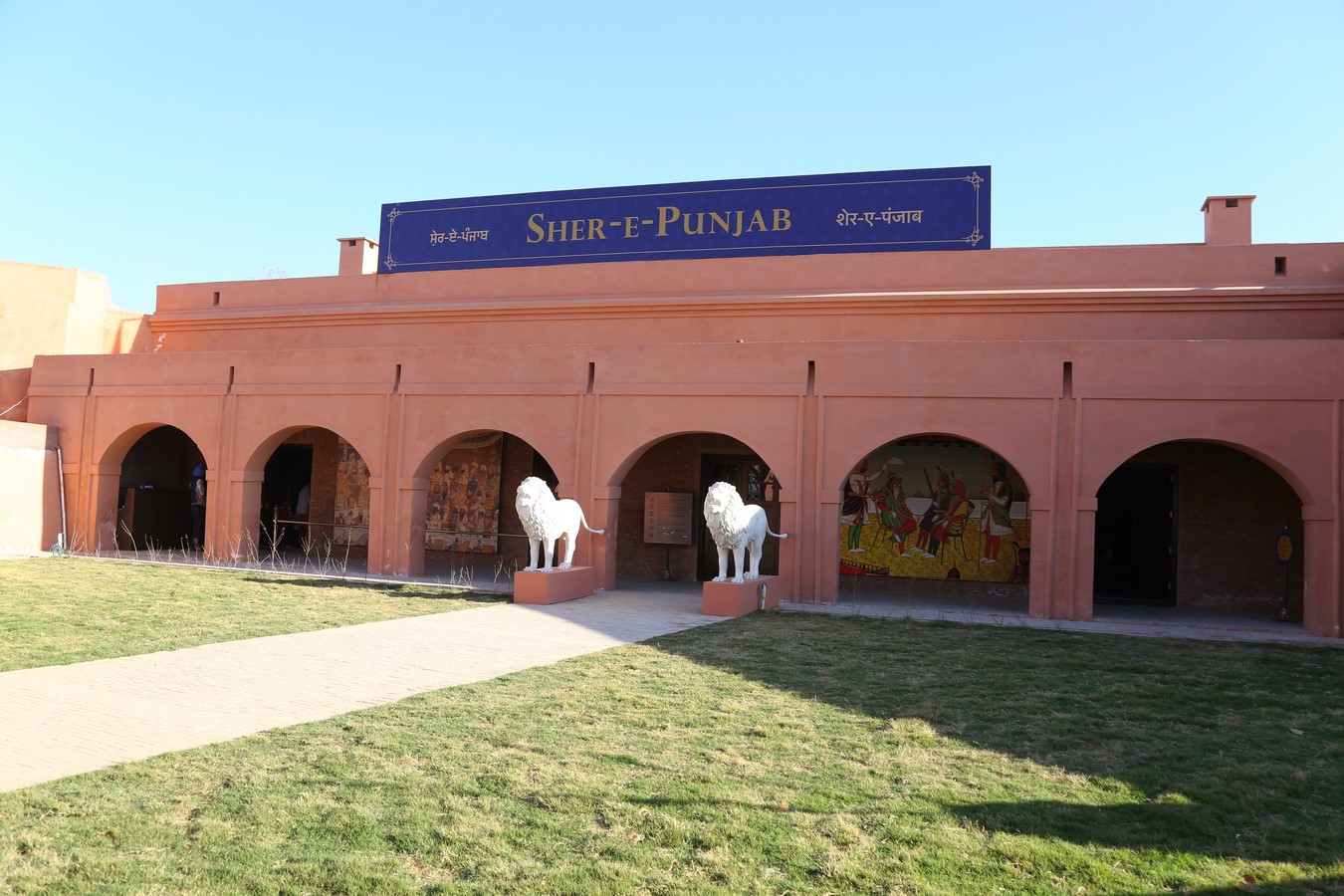
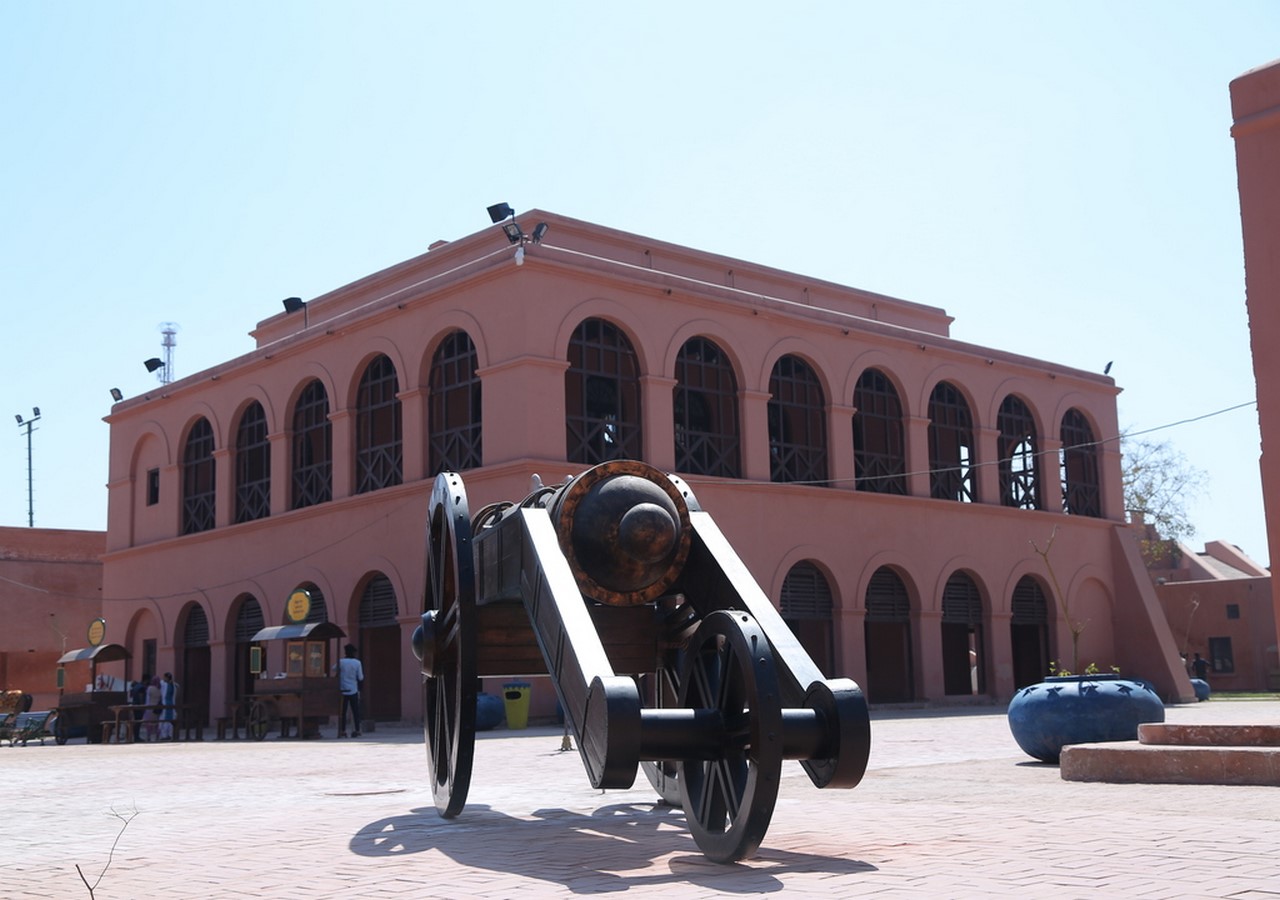
Phillaur Fort
Typology: Military fort
Location: Phillaur
The fort of Phillaur, located in Punjab on the Sutlej River, was built in the 17th century and is more commonly referred to as Ludhiana Fort. It was initially created as a serai and later transformed into a mud fort. Maharaja Ranjit Singh later utilised the fort as his military headquarters. This fort served as the police training facility for the British colonial authorities in India. Several exquisite monuments, including the shrine of Pir-i-Dastgir and graves honouring various members of Shah Shuja’s family, can be found inside the fort complex.
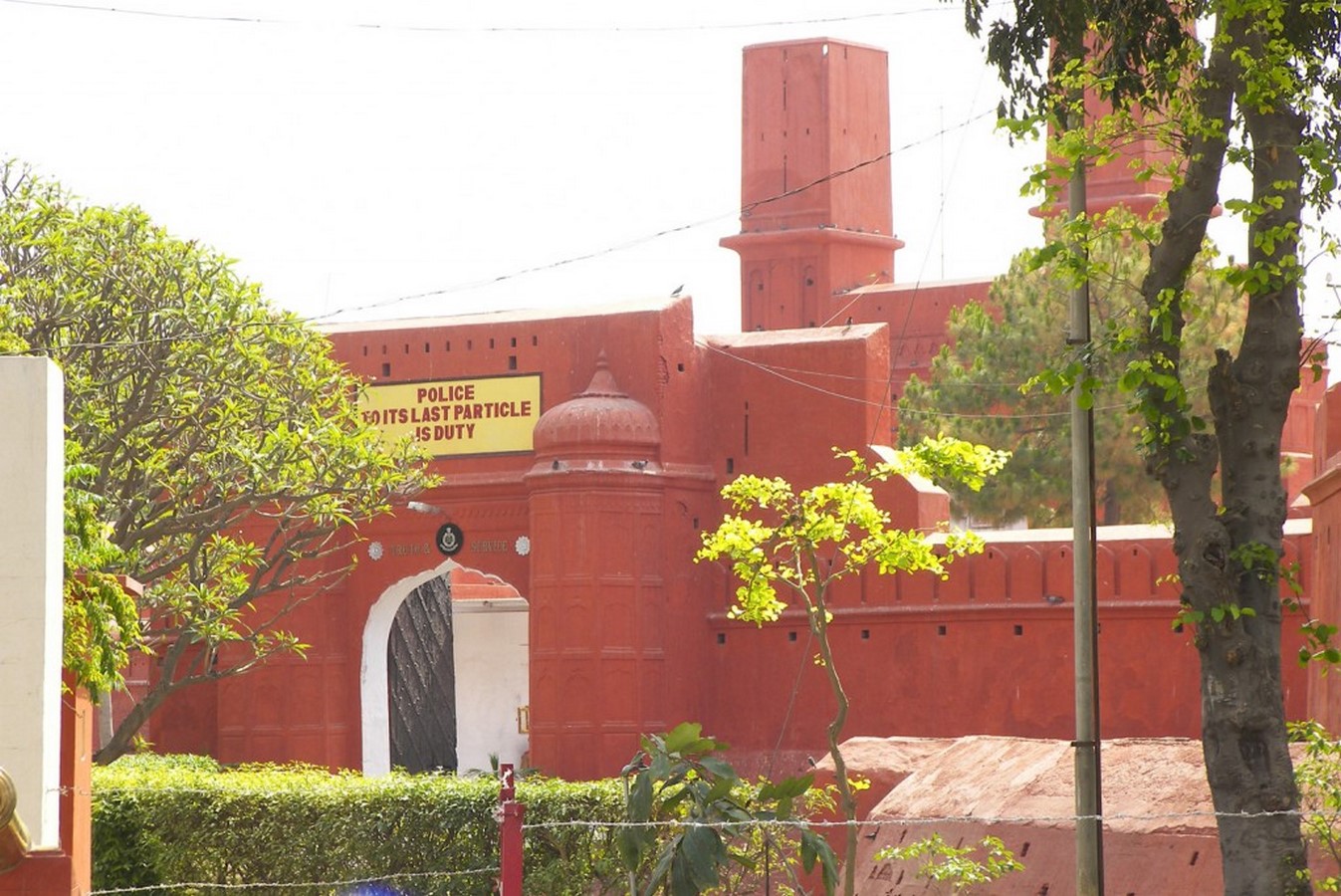
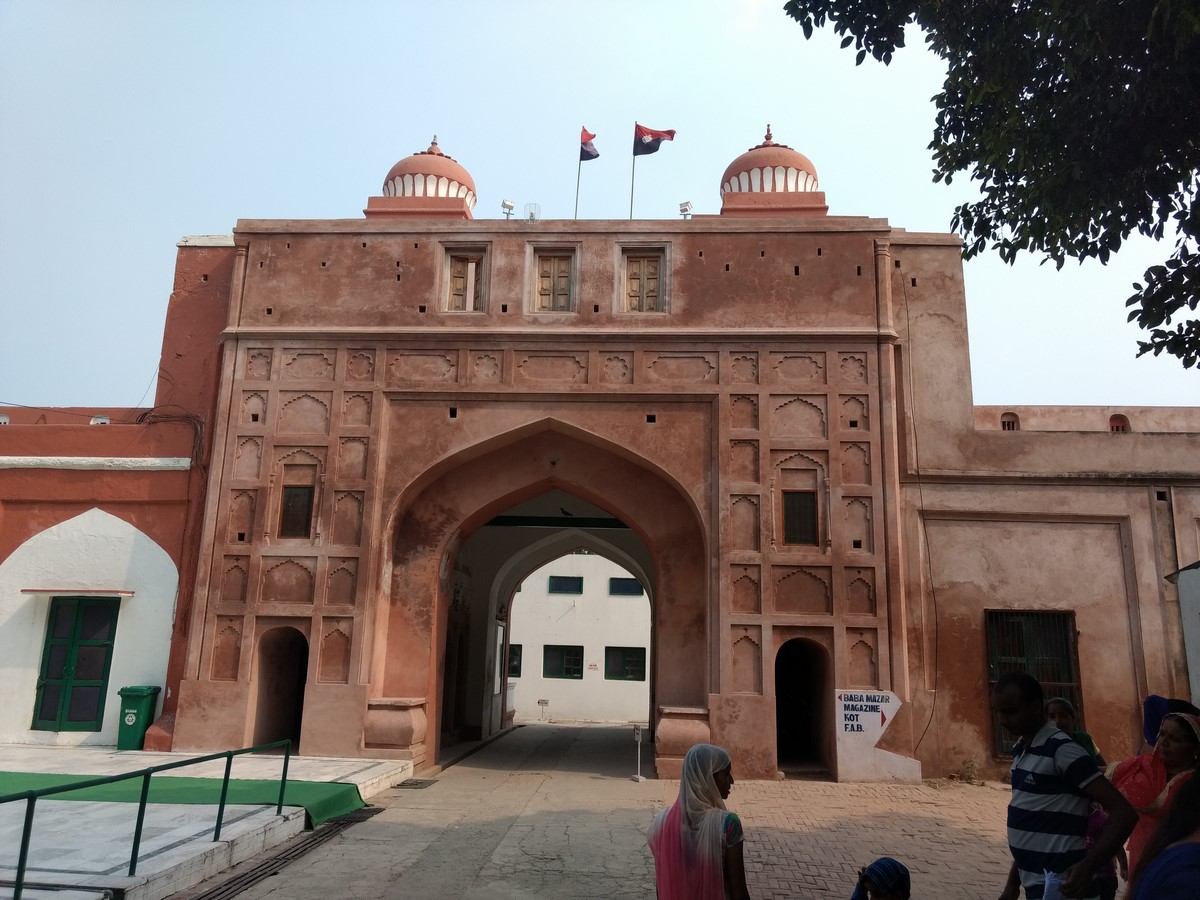
Palace of Assembly | Places to Visit in Punjab
Typology: Assembly building
Location: Chandigarh
The Palace of the Assembly in Punjab, one of Le Corbusier’s most notable structures from India, displays his key architectural theories and aesthetics. From the open floor plan to the view of the Himalayan environment, the design incorporates all five of Le Corbusier’s principles of architecture. The program includes a circular assembly hall, a place for dialogue and business dealings, and stair-free movement. As envisaged by Corbusier, pilotis enable the shape to express the glorious release of space. The building’s other numerous facades likewise grant the free front using brise-soleils created using the golden ratio.
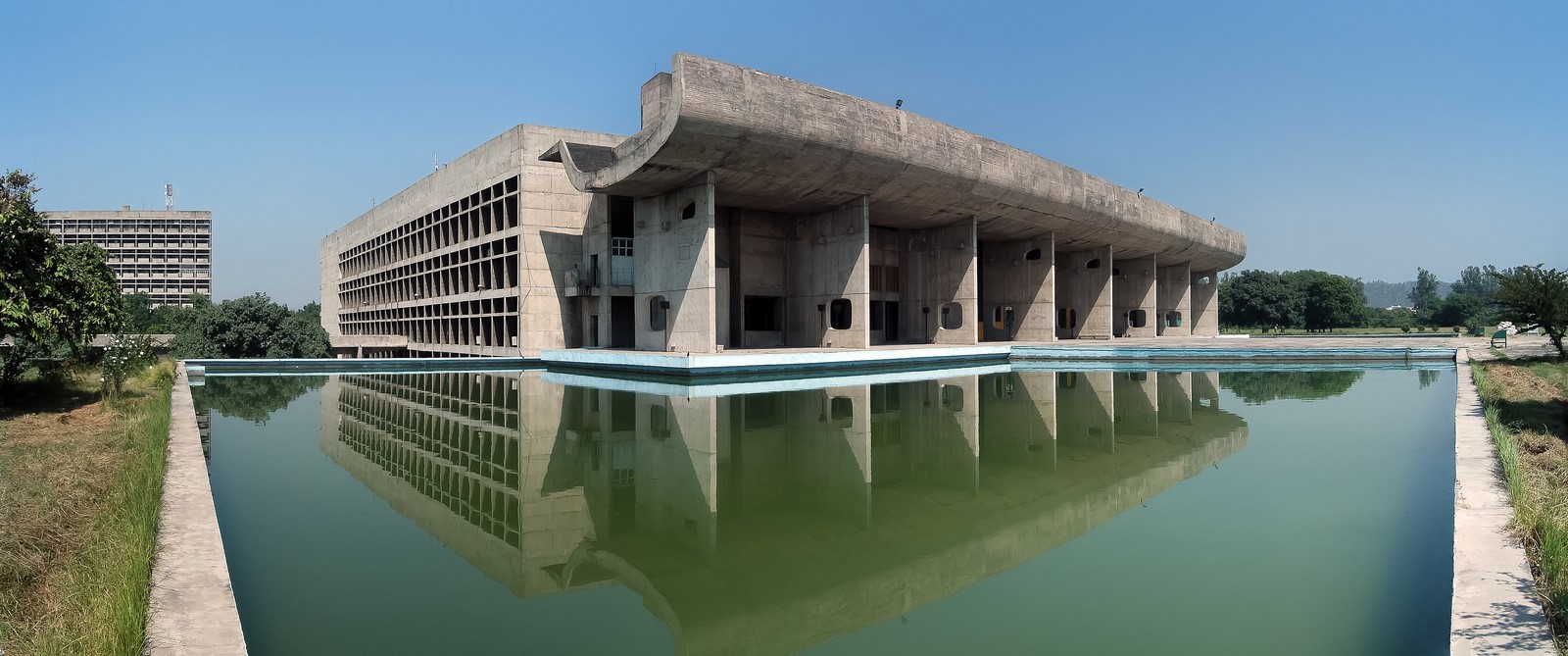
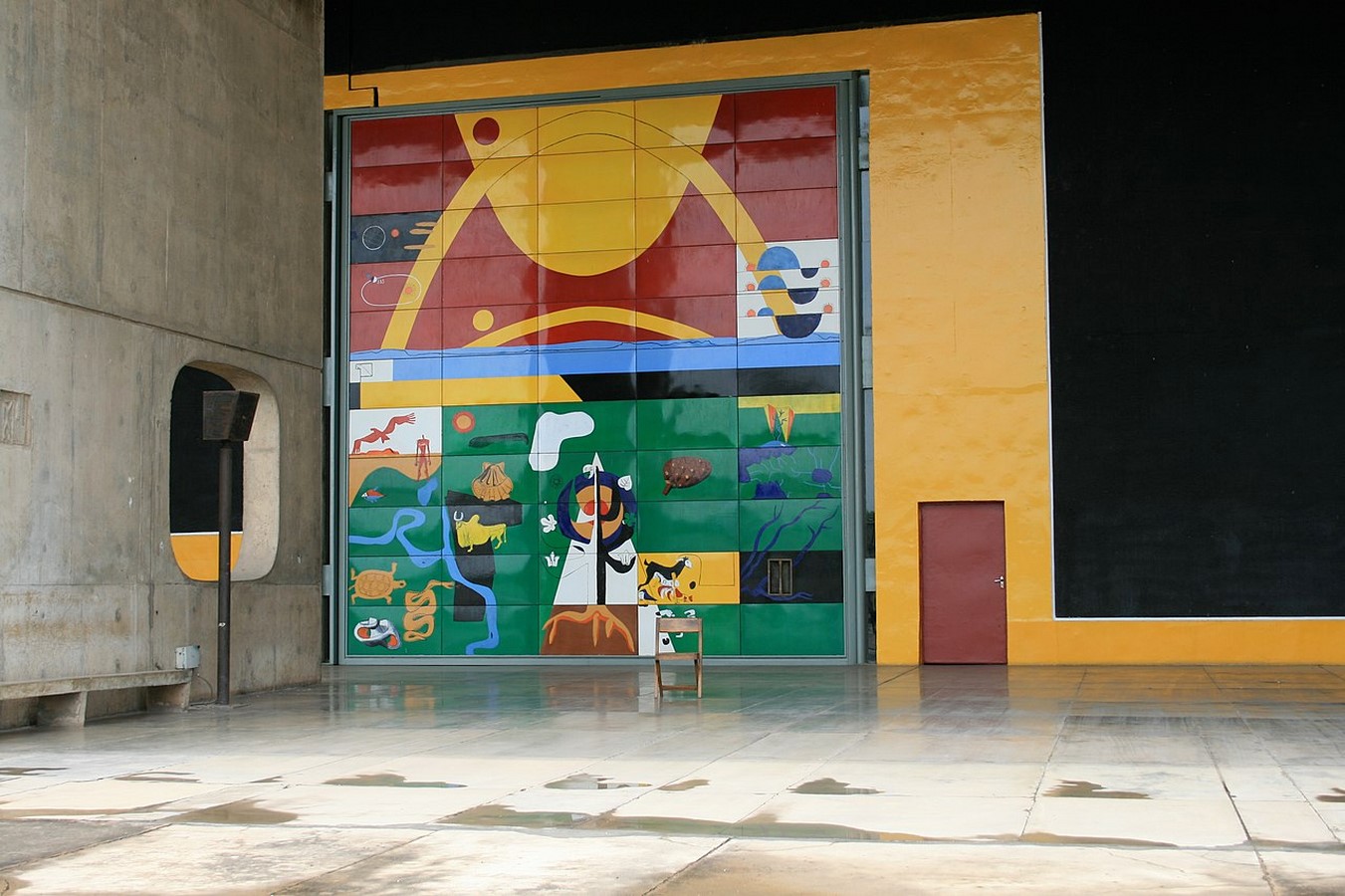
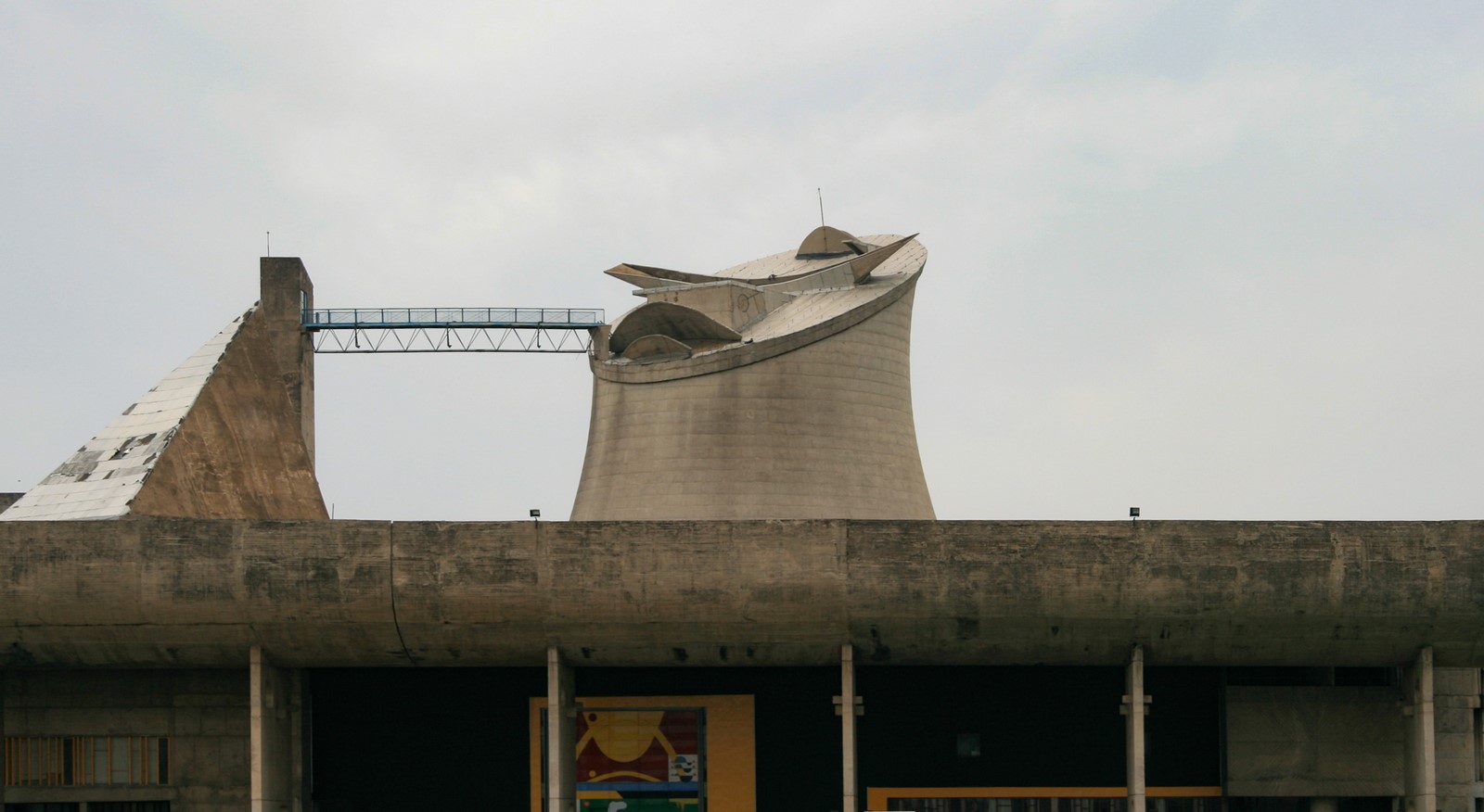
Open Hand Monument
Typology: Installation
Location: Chandigarh
Le Corbusier’s signature building, the Open Hand Monument, is situated in the Chandigarh Capitol Complex in the Indian city and capital of Punjab. It represents “the hand to give and the hand to take; peace and prosperity; and the unification of mankind” and is the emblem or symbol of the Chandigarh government. It is the tallest of Le Corbusier’s numerous Open Hand sculptures, at 26 metres (85 feet) tall. The 14 m (46 ft) tall, 50 short tons (100,000 lb) heavy metal structure with vanes is intended to rotate in the wind.
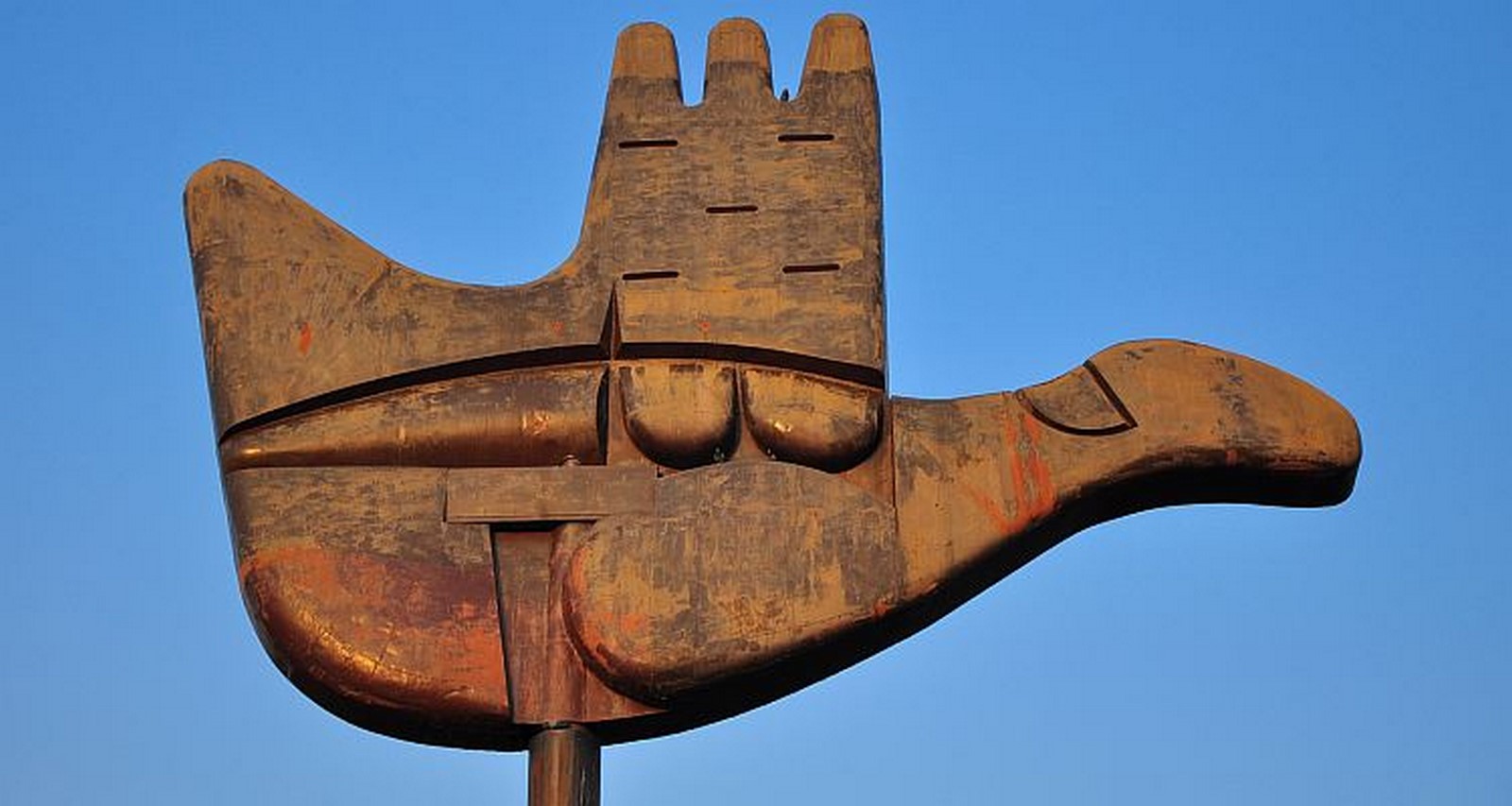
Sanghol Museum
Typology: Museum
Location: Fatehgarh Sahib
The Archaeological Survey of India is responsible for maintaining this historic Harappan cultural site. Additionally, a tourism facility will soon be built. Archaeological riches of significant value were discovered during excavations at Sanghol, revealing a lengthy history of Punjab’s cultural heritage. The government established the Sanghol Museum to preserve Punjab’s cultural riches and educate the public about the ongoing cultural ties the region has maintained since early antiquity and have seen extensive migrations and mingling of people and their cultures.
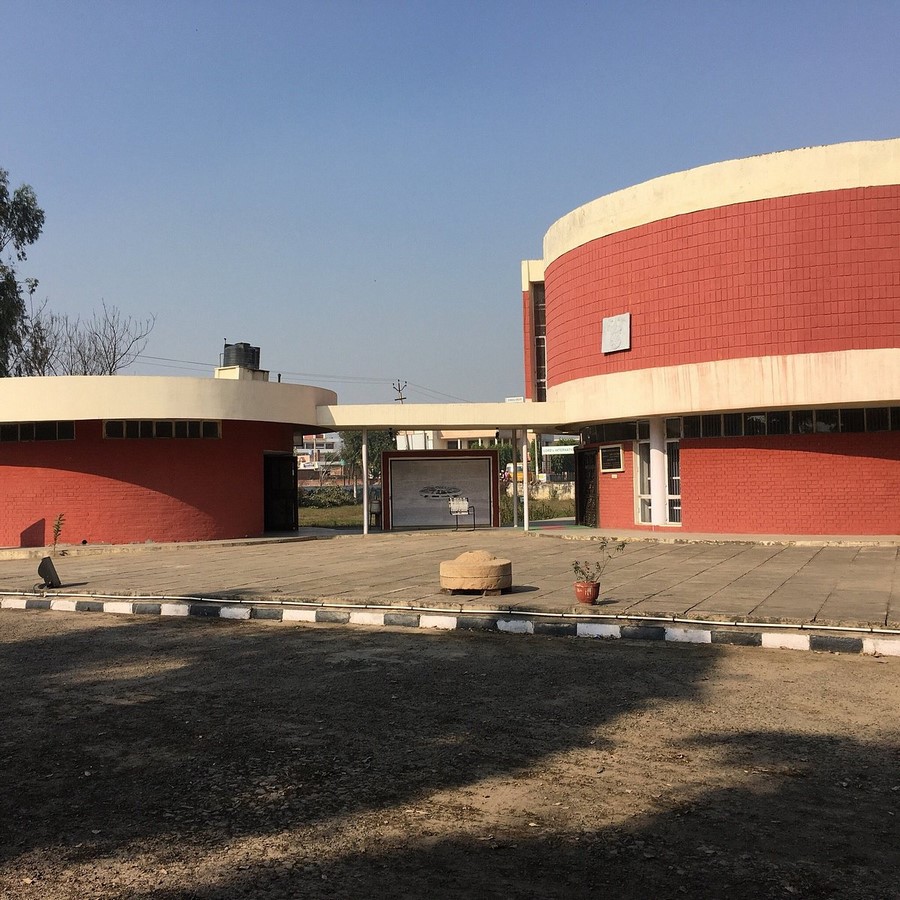
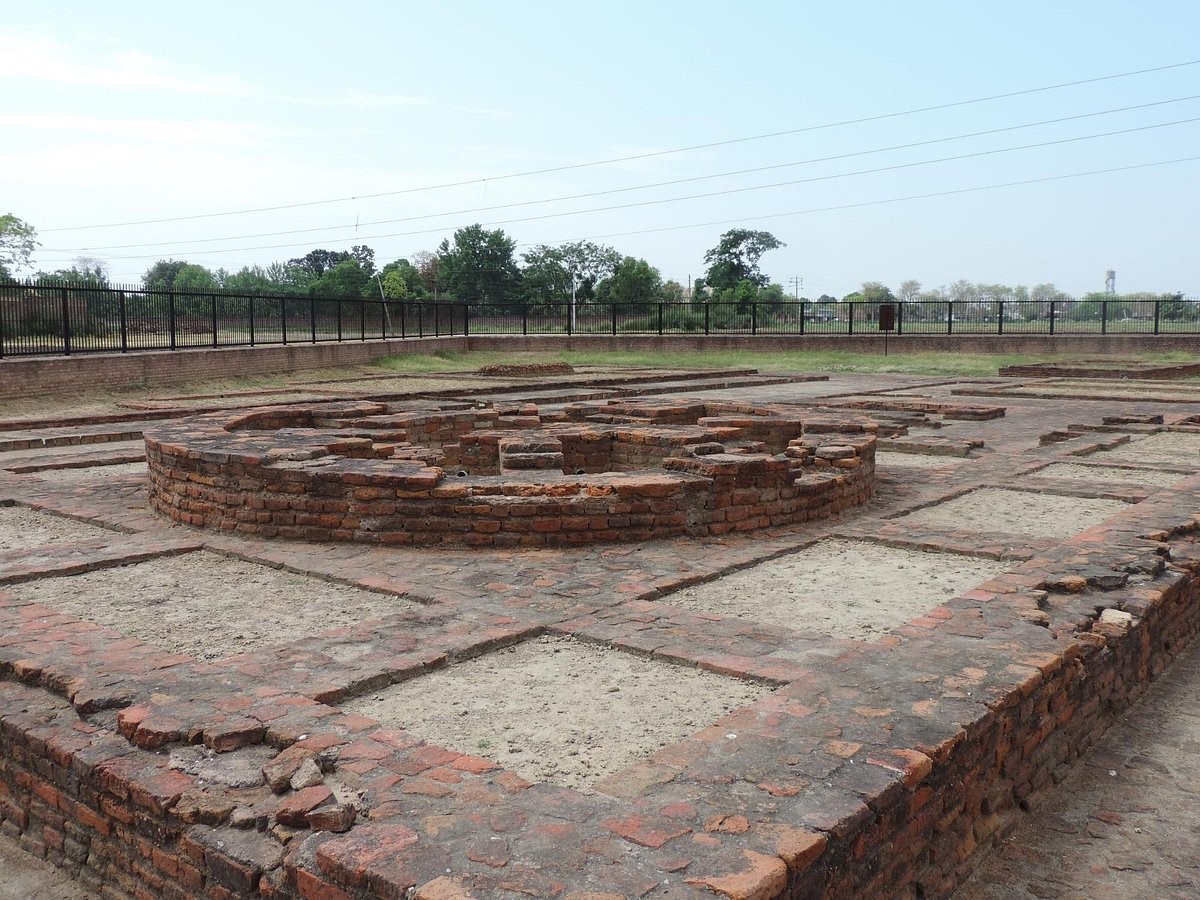
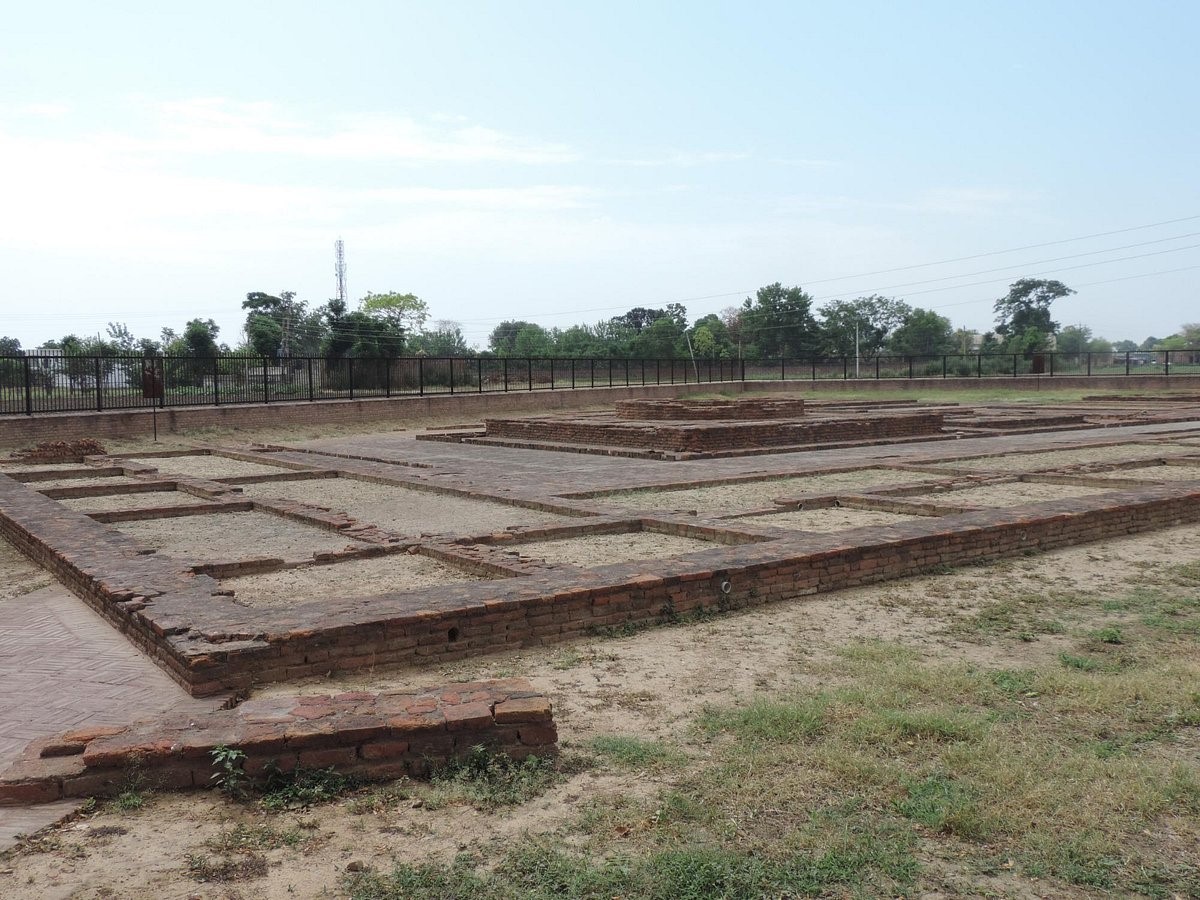
Partition Museum | Places to Visit in Punjab
Typology: Museum
Location: Amritsar
The Partition Museum is home to various tales, memoirs, works of art, and artefacts that preserve the memory of the period leading up to, during, and following the division of British India. The Museum is a part of Punjab’s recently opened Heritage Street, which runs from the Golden Temple to the Town Hall. Newspaper clippings, photos, and other personal objects provided by persons who had seen and experienced the Partition are among the exhibits at the Partition Museum. The Partition Museum will become a top-notch physical museum honouring the memory of the 1947 subcontinent division thanks to the efforts of the Arts and Cultural Heritage Trust (TAACHT). The victims and survivors, as well as their enduring legacy, are the main subjects of the Museum.
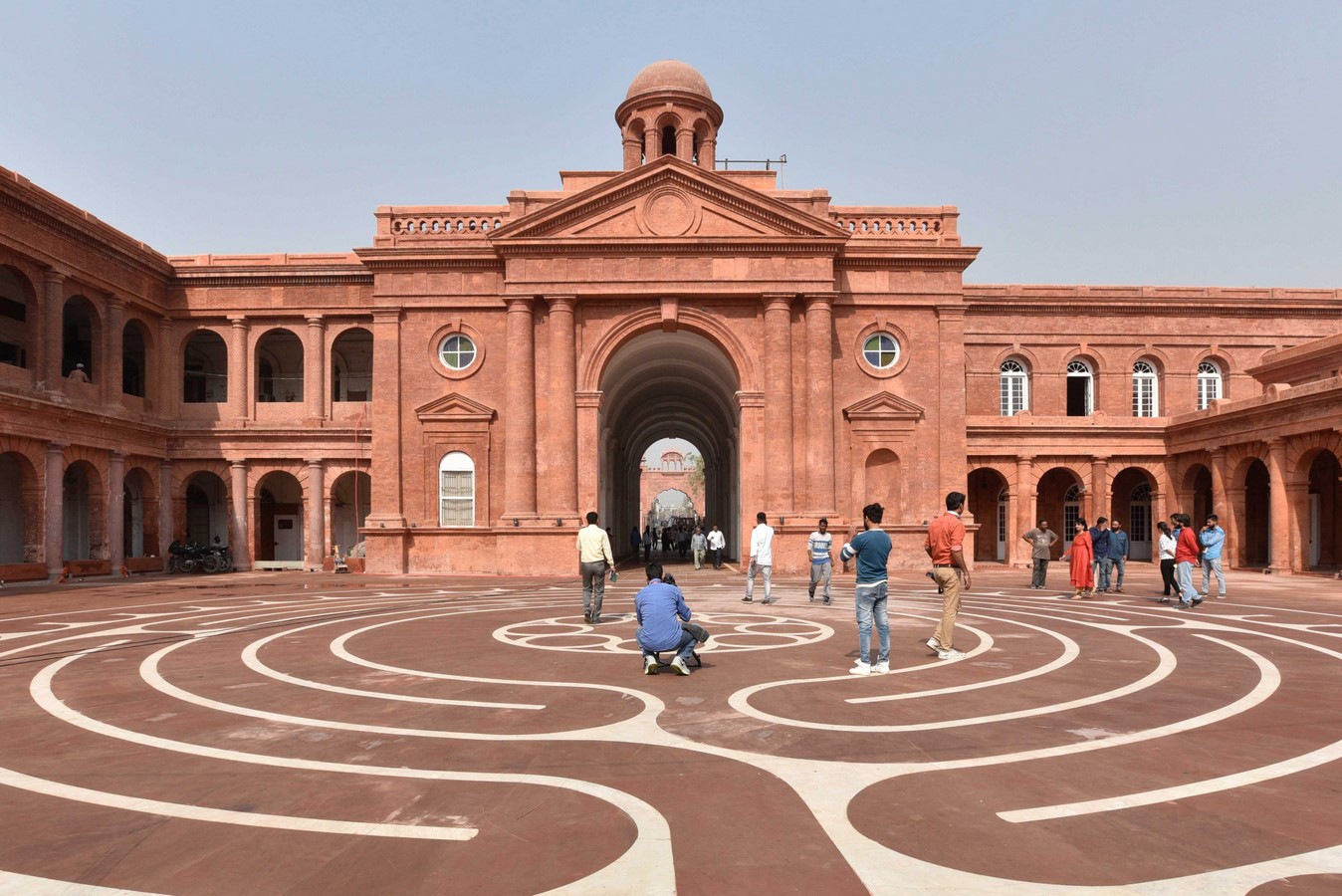
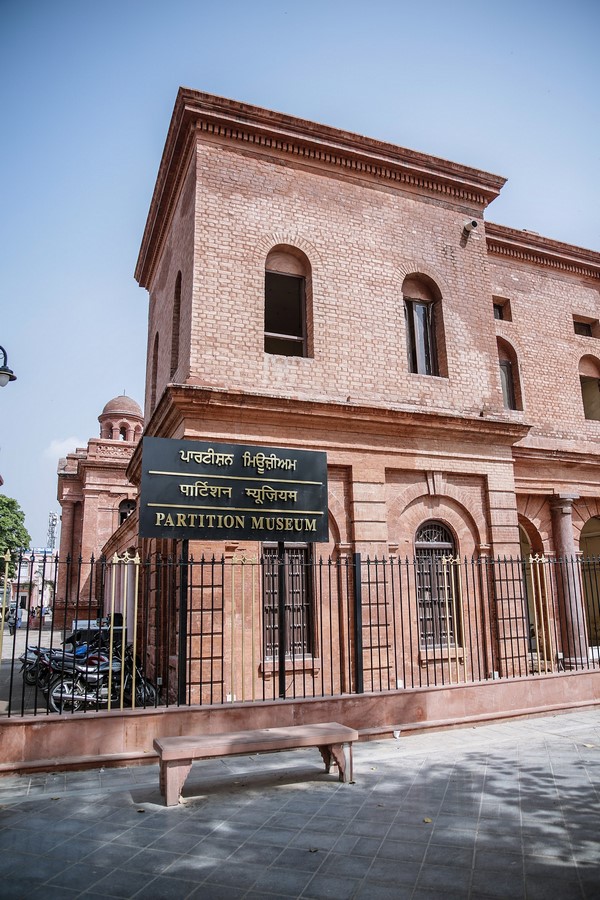
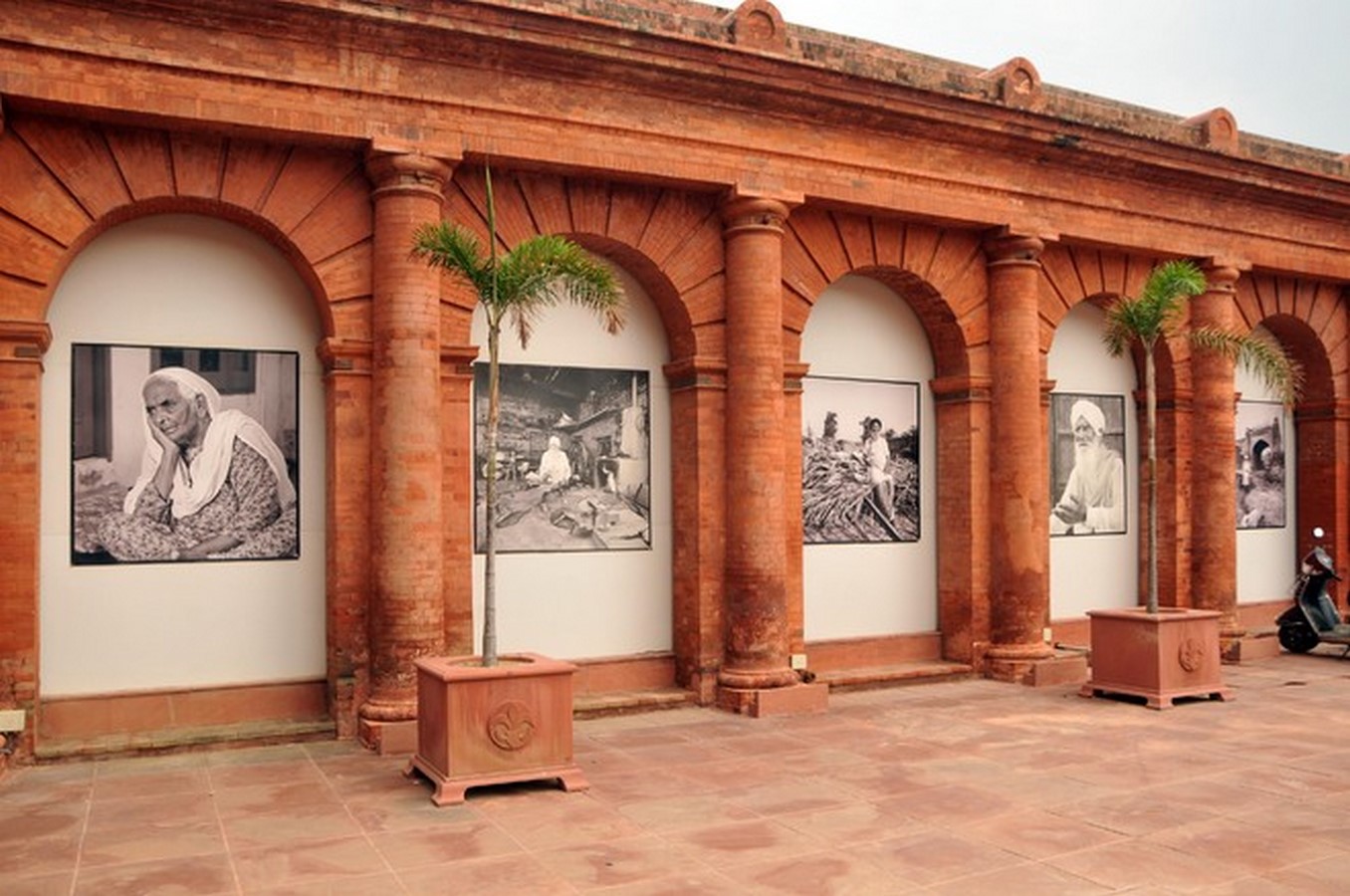
Rock Garden
Typology: Landscape
Location: Chandigarh
Nek Chand, a Punjab government official, produced an astonishing twenty-acre woodland filled with sculptures made from trash. The area is filled with rocks, stones, bizarre icons made from shattered dishes, discarded glassware, and misplaced light tubes. This fantastical folk world is filled with statues of monkeys, gods, soldiers, and enormous imagined palaces, where art and architecture converge in caves and secret niches. Waterfalls and glistening lakes that blend in with the surrounding scenery’s natural beauty work in harmony with the industrial and urban garbage that makes up much of the Rock Garden. The thousands of stones and boulders that Chand personally collected over the years, which resemble faces, birds, animals, and abstract forms and give the garden its name, aid in this unexpected synthesis.
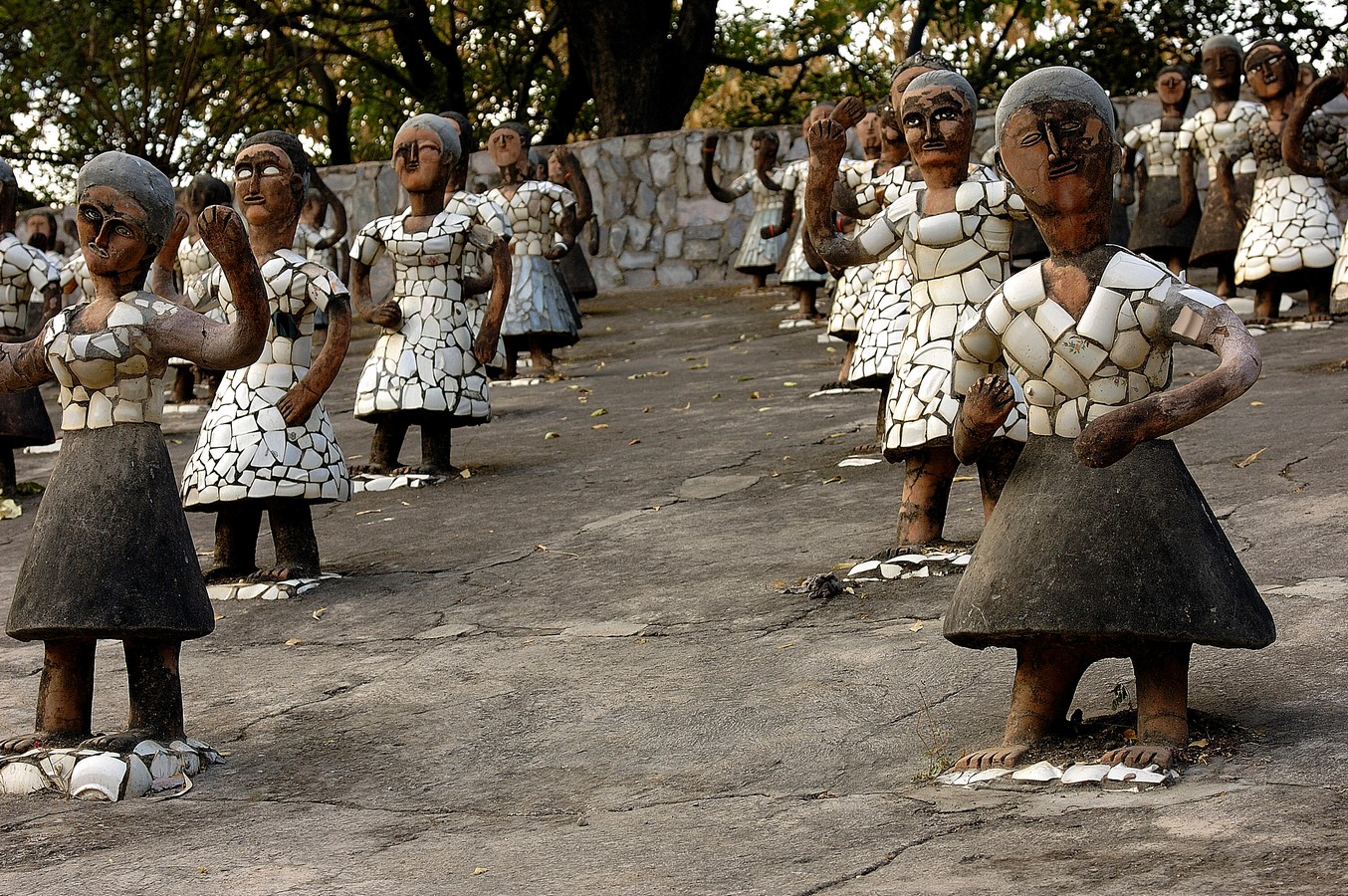
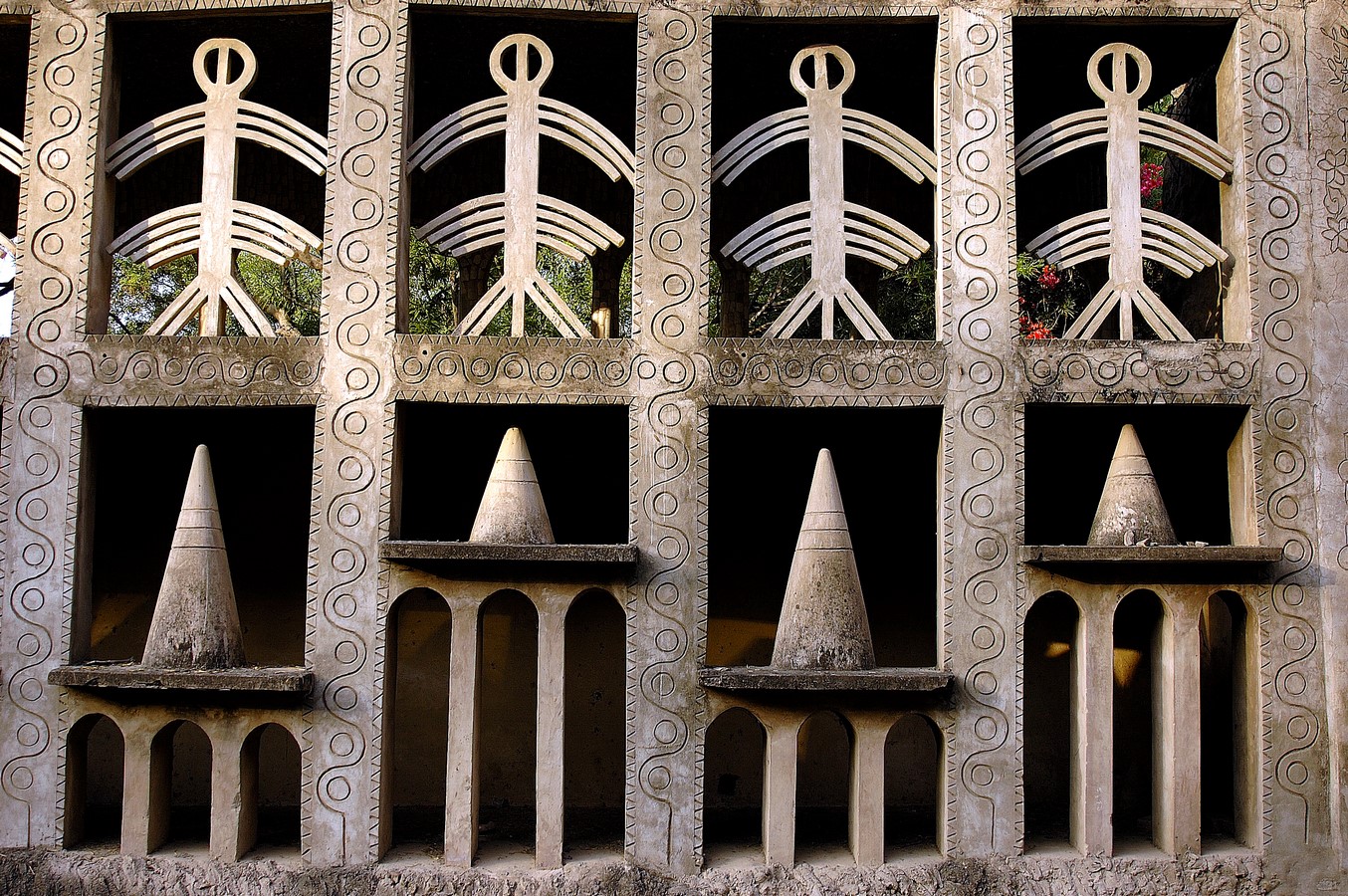
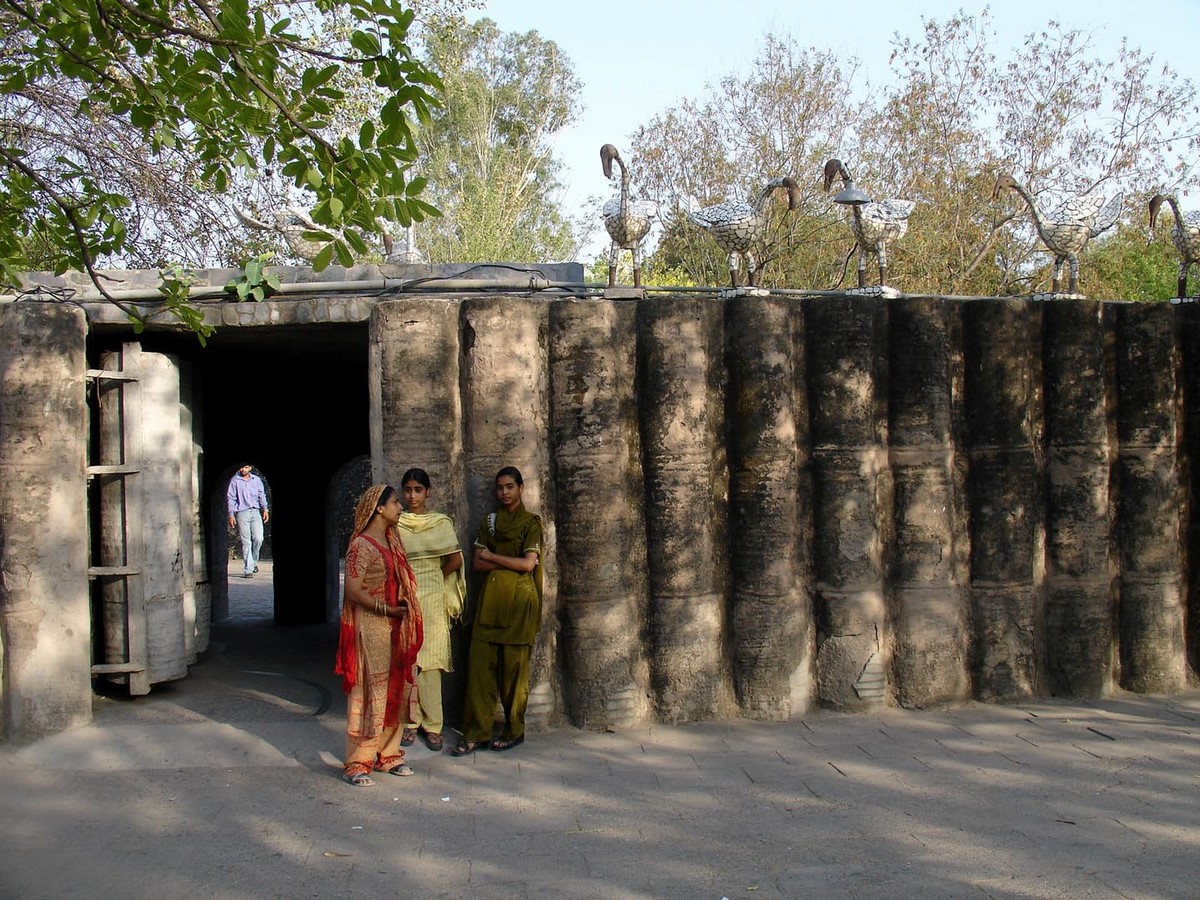
Sri Harmandir Sahib | Places to Visit in Punjab
Typology: Religious building
Location: Amritsar
Last but not least, the Golden Temple, also known as Sri Harmandir Sahib, is one of India’s most spiritual locations and the most important Sikhism site of Punjab. The Amrit Sarovar, a tank that surrounds the sparkling centre shrine, serves as the area of spiritual emphasis. There are more shrines and memorials dotted around the perimeter of the complex. Two minarets in the Islamic architectural style encircle the Ramgarhia Bunga, a defensive stronghold situated at the tank’s southeast end.
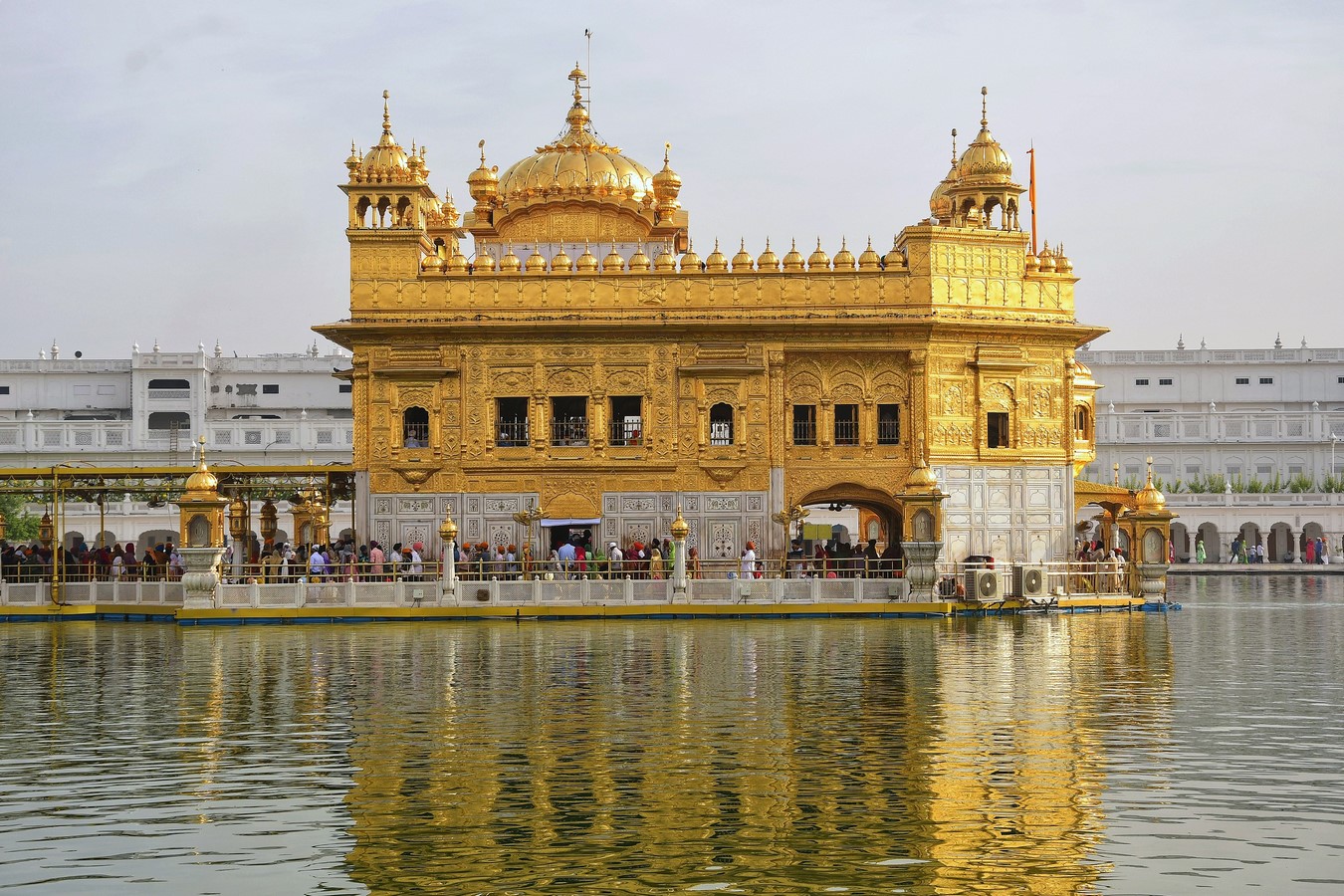
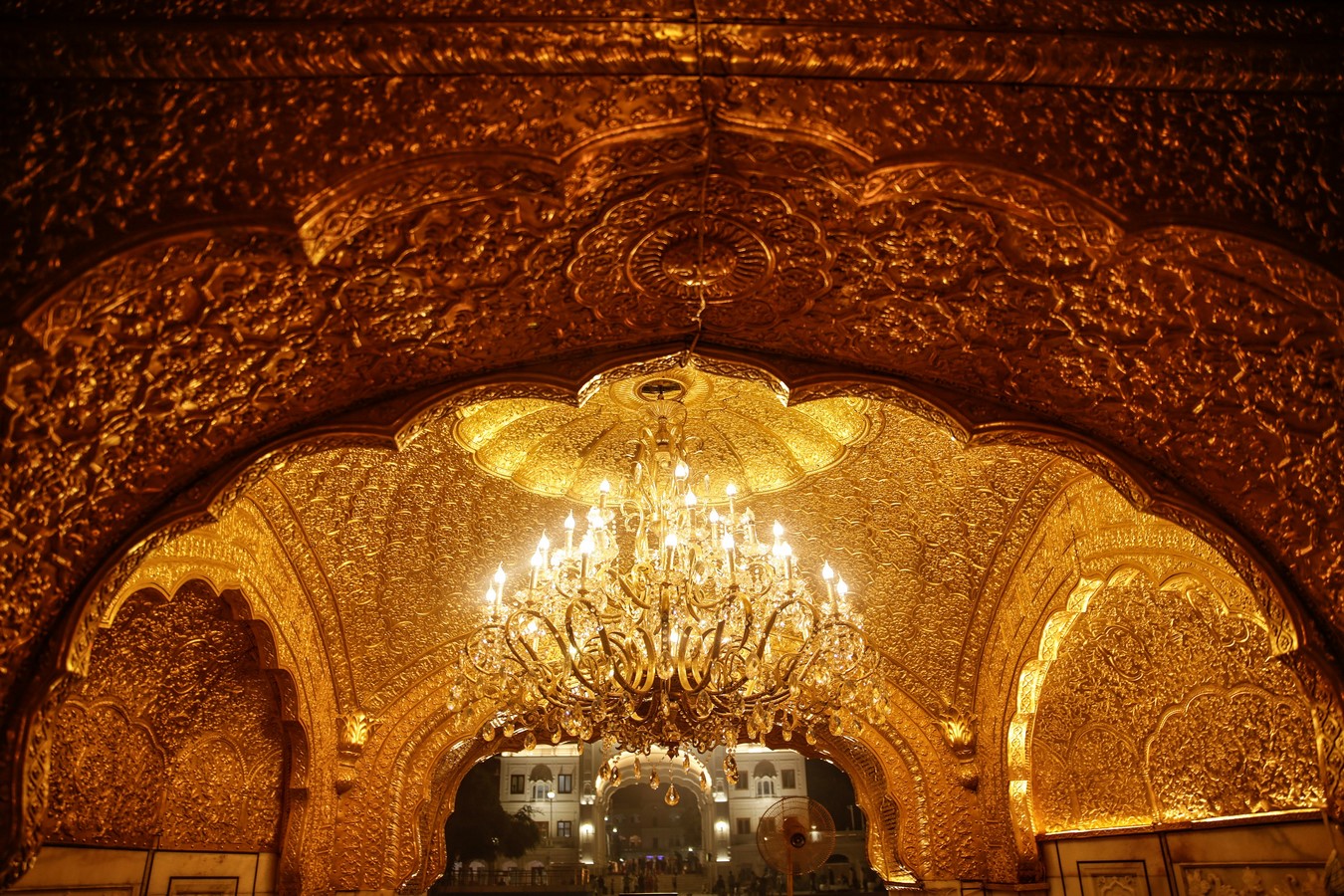
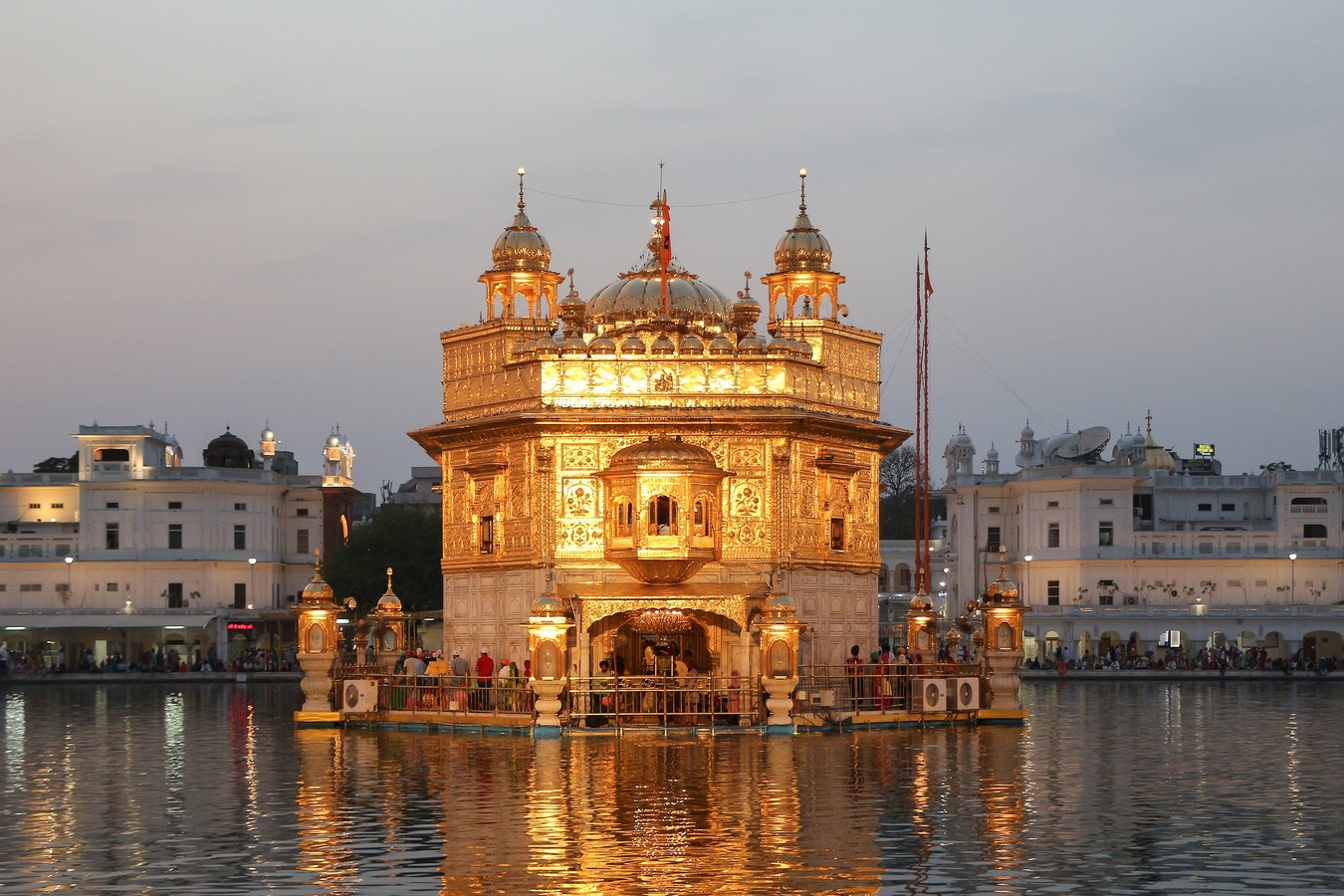
References:
- 13 Best Forts & Palaces to Visit in Punjab, Tour My India. Available at: https://www.tourmyindia.com/blog/best-forts-palaces-visit-punjab/ [Accessed: December 21, 2022]
- Virasat-e-Khalsa, Wikipedia. Available at: https://en.wikipedia.org/wiki/Virasat-e-Khalsa [Accessed: December 21, 2022]
- Jallianwala Bagh, Wikipedia. Available at: https://en.wikipedia.org/wiki/Jallianwala_Bagh [Accessed: December 21, 2022]
- Wagah Border, Wikipedia. Available at: https://en.wikipedia.org/wiki/Wagah [Accessed: December 21, 2022]
- Le Corbusier Centre, Chandigarh Tourism. Available at: https://chandigarhtourism.gov.in/pages/museums/le_corbusier_centre [Accessed: December 21, 2022]
- Palace of Assembly, Chandigarh, Wikipedia. Available at: https://en.wikipedia.org/wiki/Palace_of_Assembly,_Chandigarh [Accessed: December 21, 2022]
- Open Hand Monument, Wikipedia. Available at: https://en.wikipedia.org/wiki/Open_Hand_Monument [Accessed: December 21, 2022]
- Sanghol Archaeological Museum – a gem among museums, Blogger. Available at: http://climber-explorer.blogspot.com/2016/01/sanghol-archaeological-museum-gem-among.html [Accessed: December 21, 2022]
- Partition Museum, Wikipedia. Available at: https://en.wikipedia.org/wiki/Partition_Museum [Accessed: December 21, 2022]
- Rock Garden, Wikipedia. Available at: https://en.wikipedia.org/wiki/Rock_Garden_of_Chandigarh [Accessed: December 21, 2022]
- Golden Temple, Wikipedia. Available at: https://en.wikipedia.org/wiki/Golden_Temple [Accessed: December 21, 2022]


